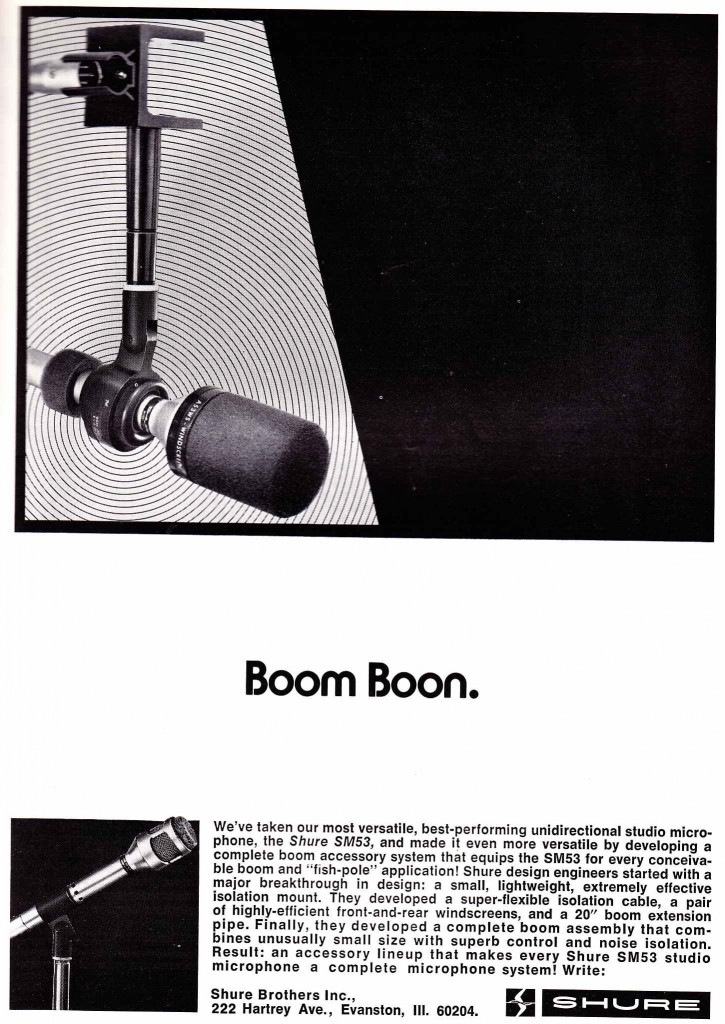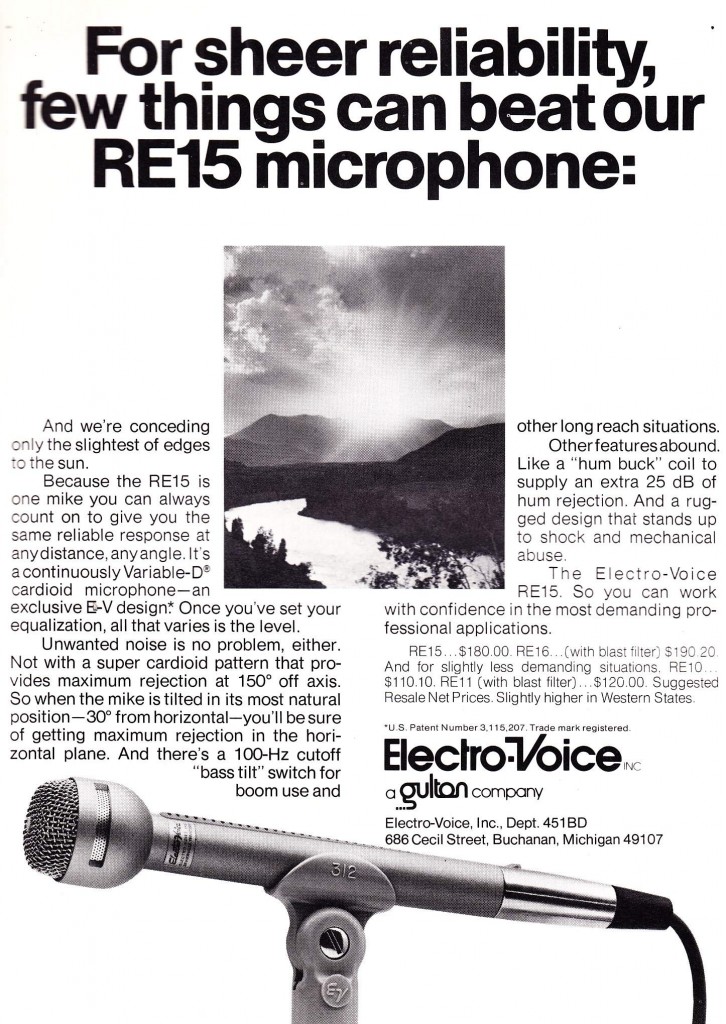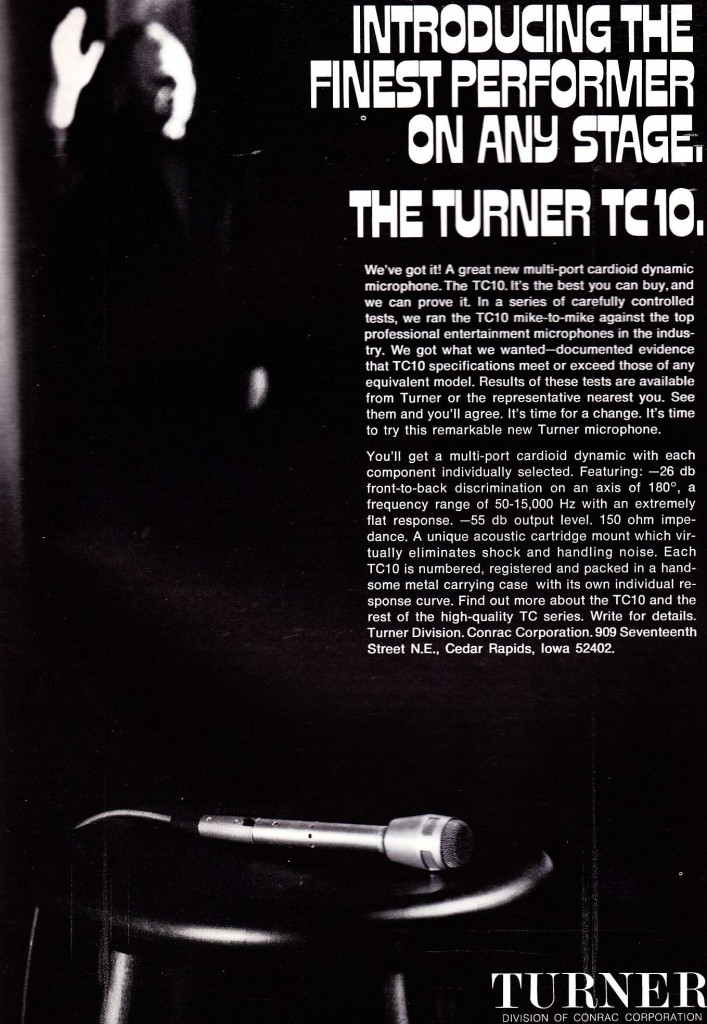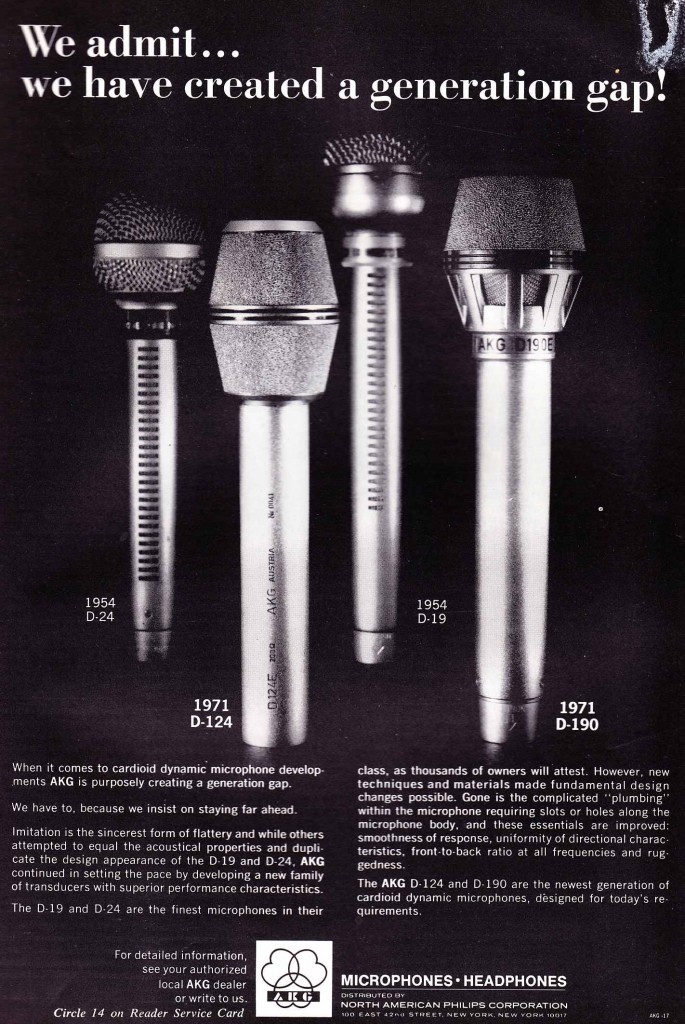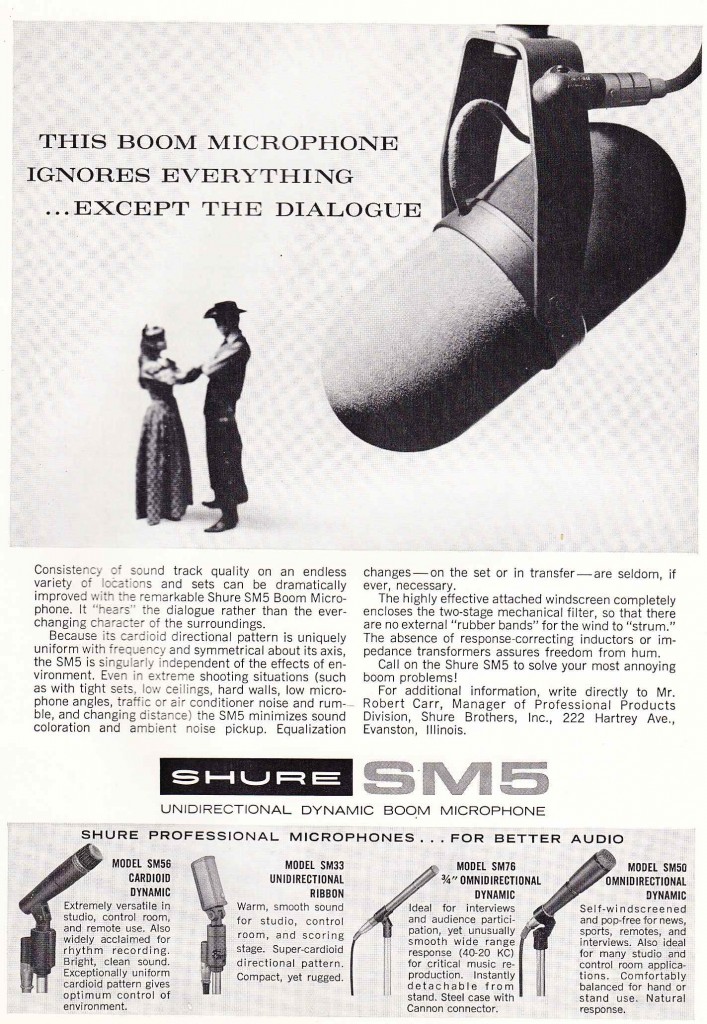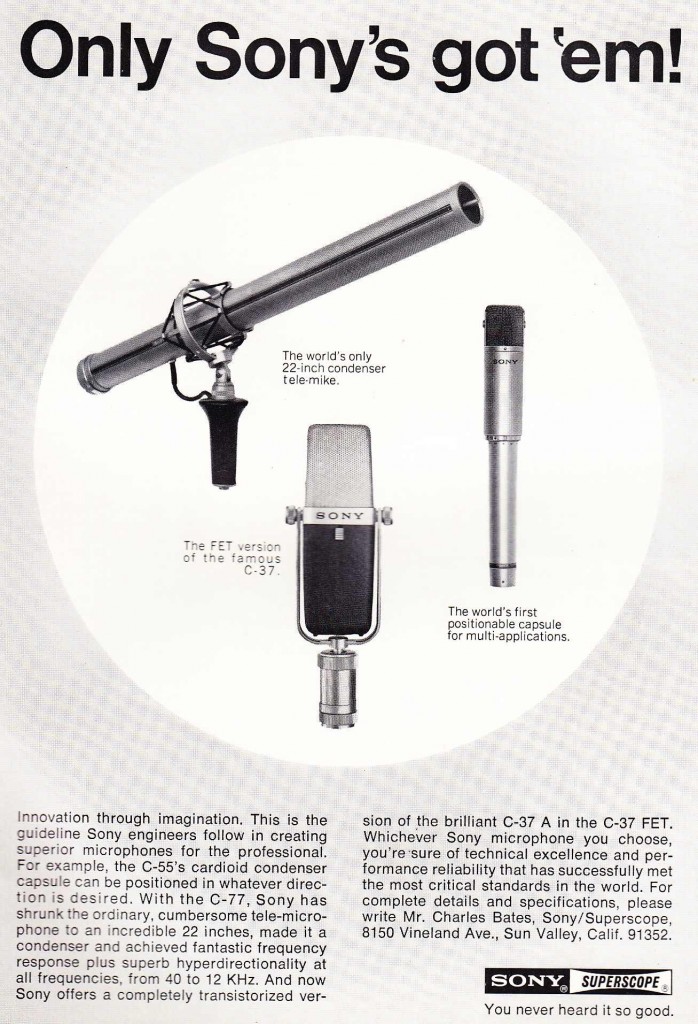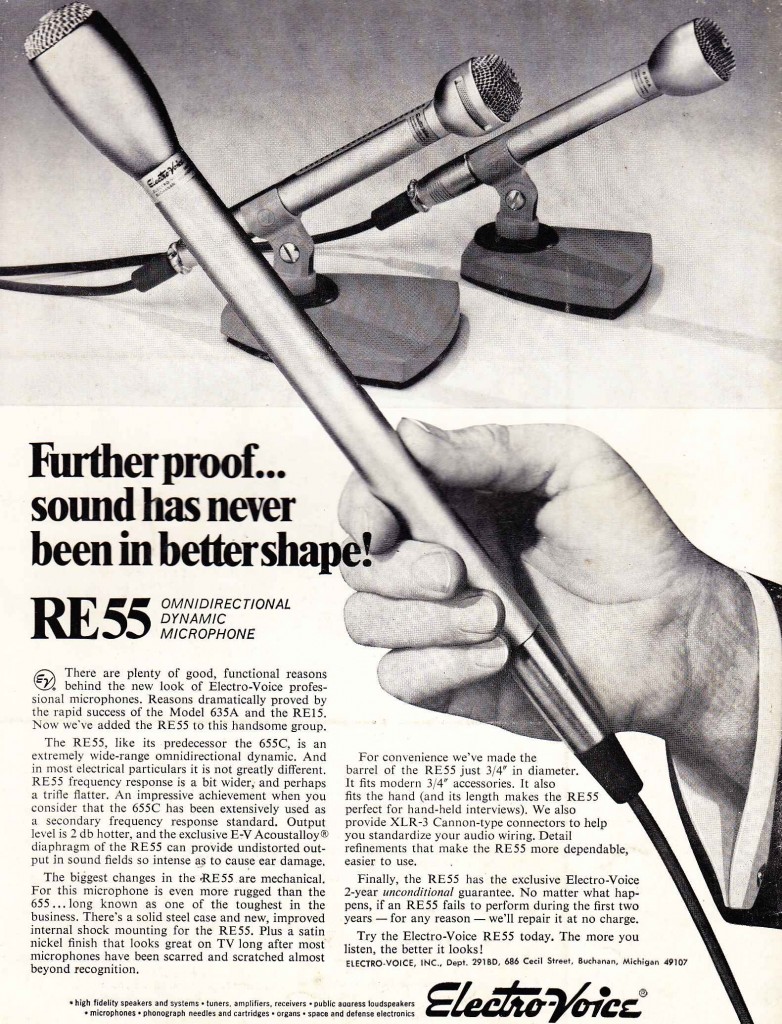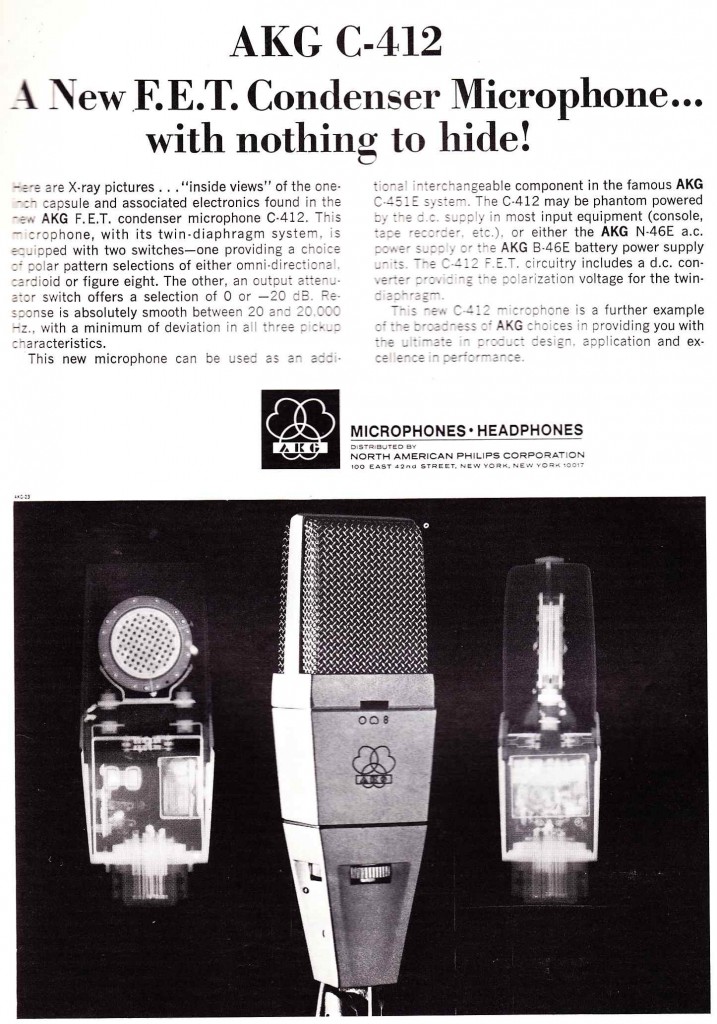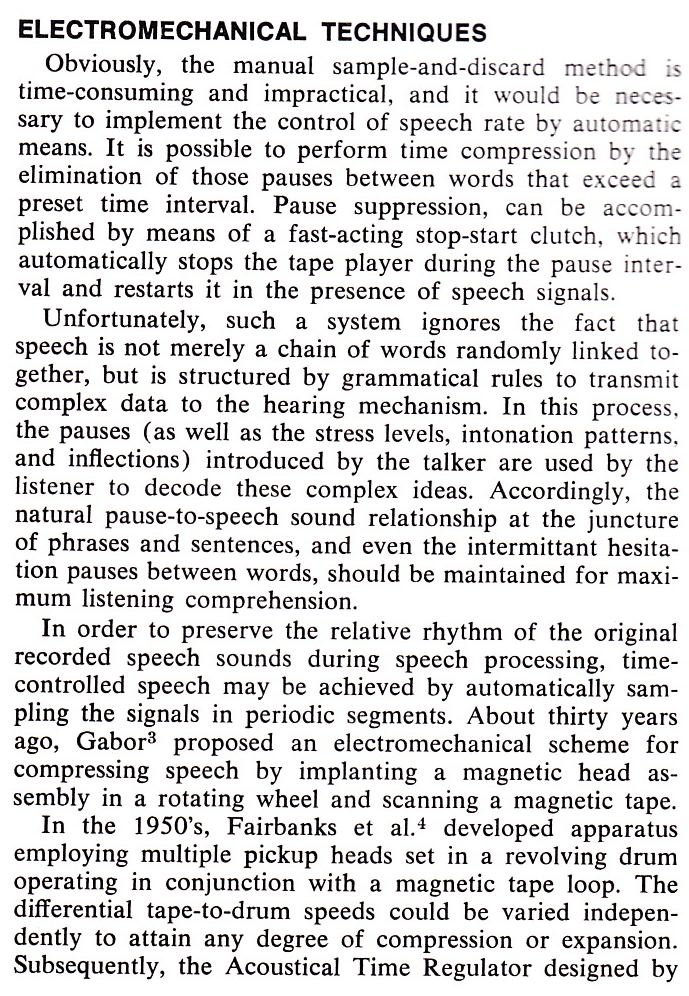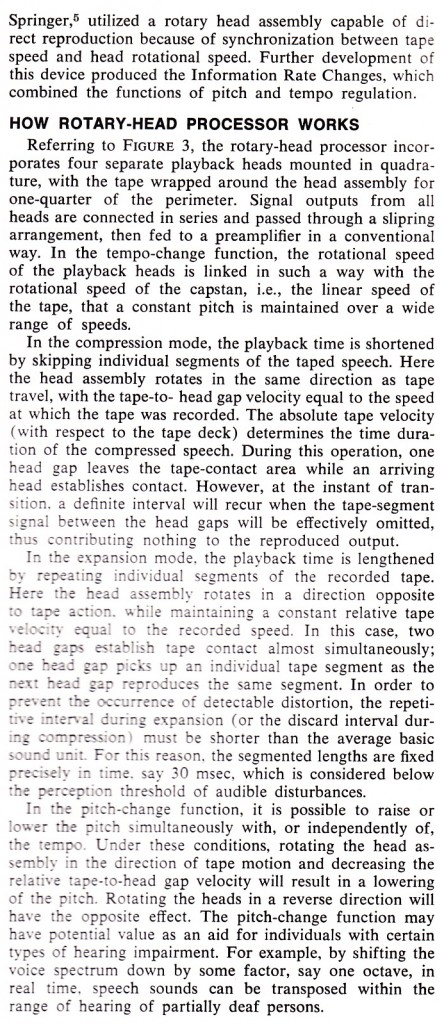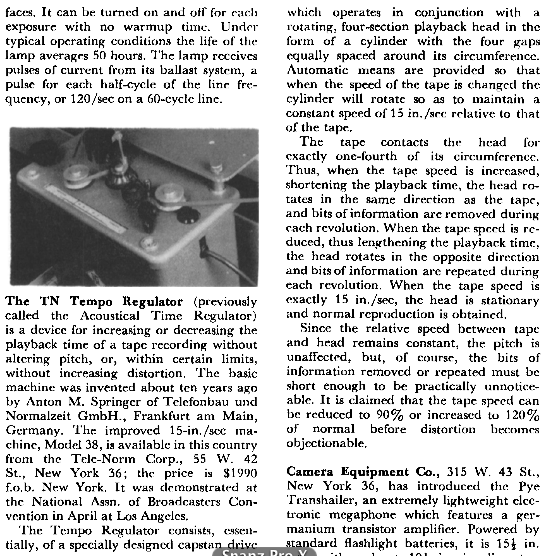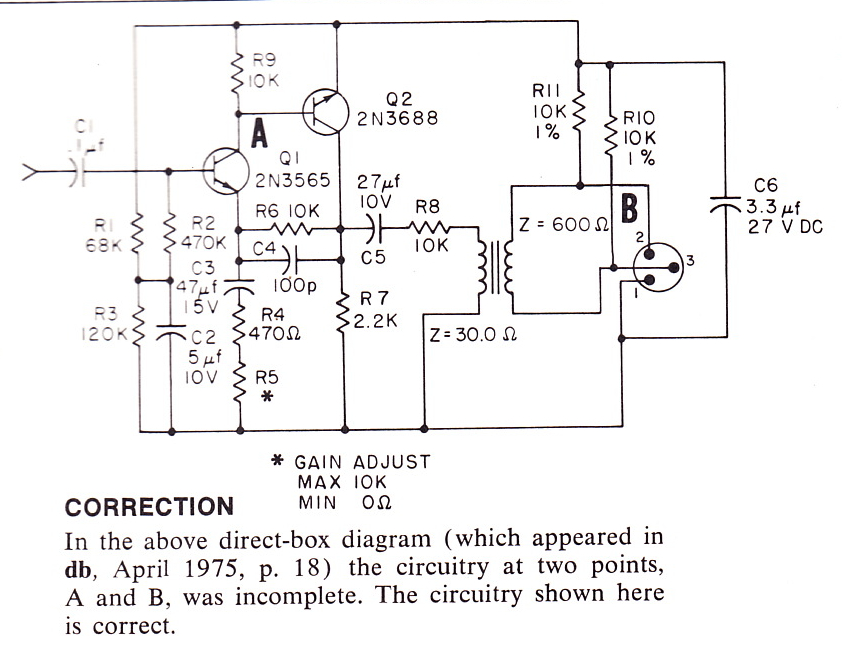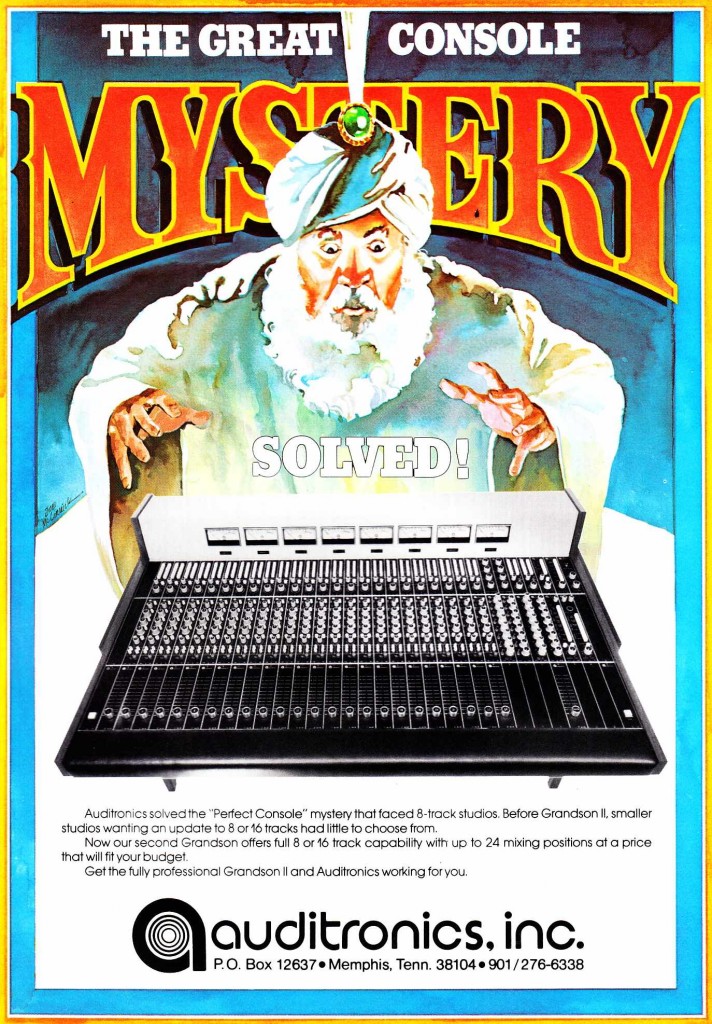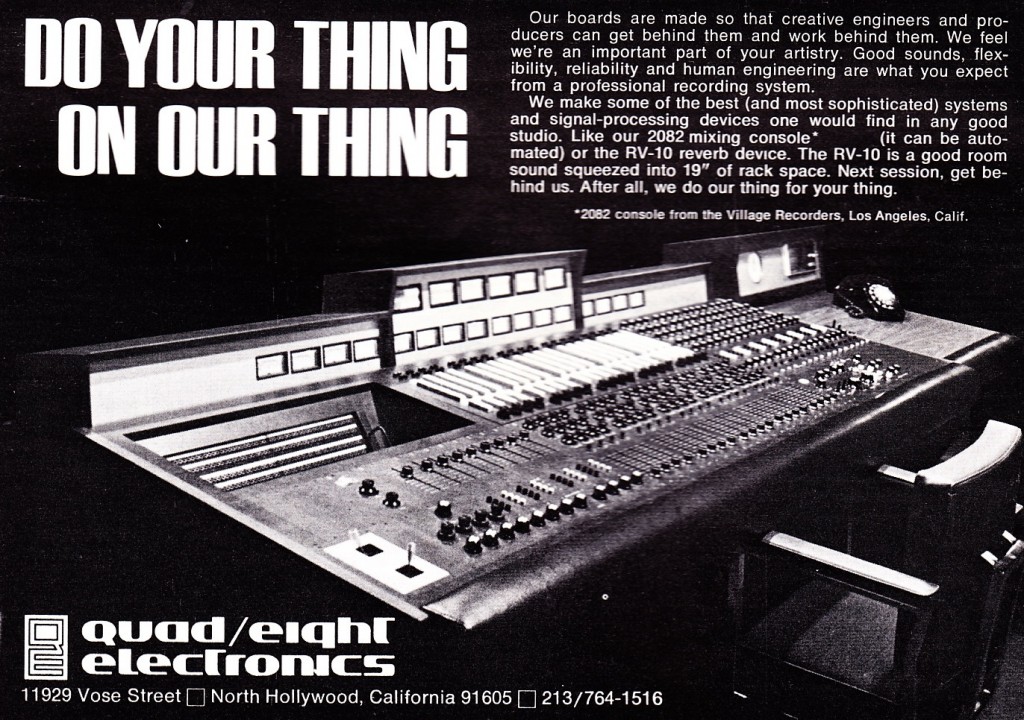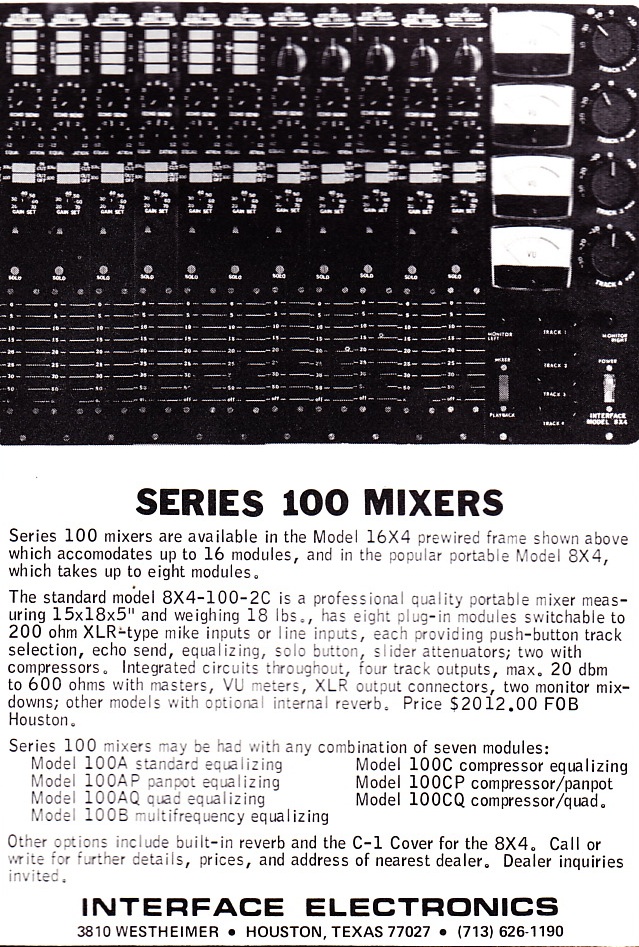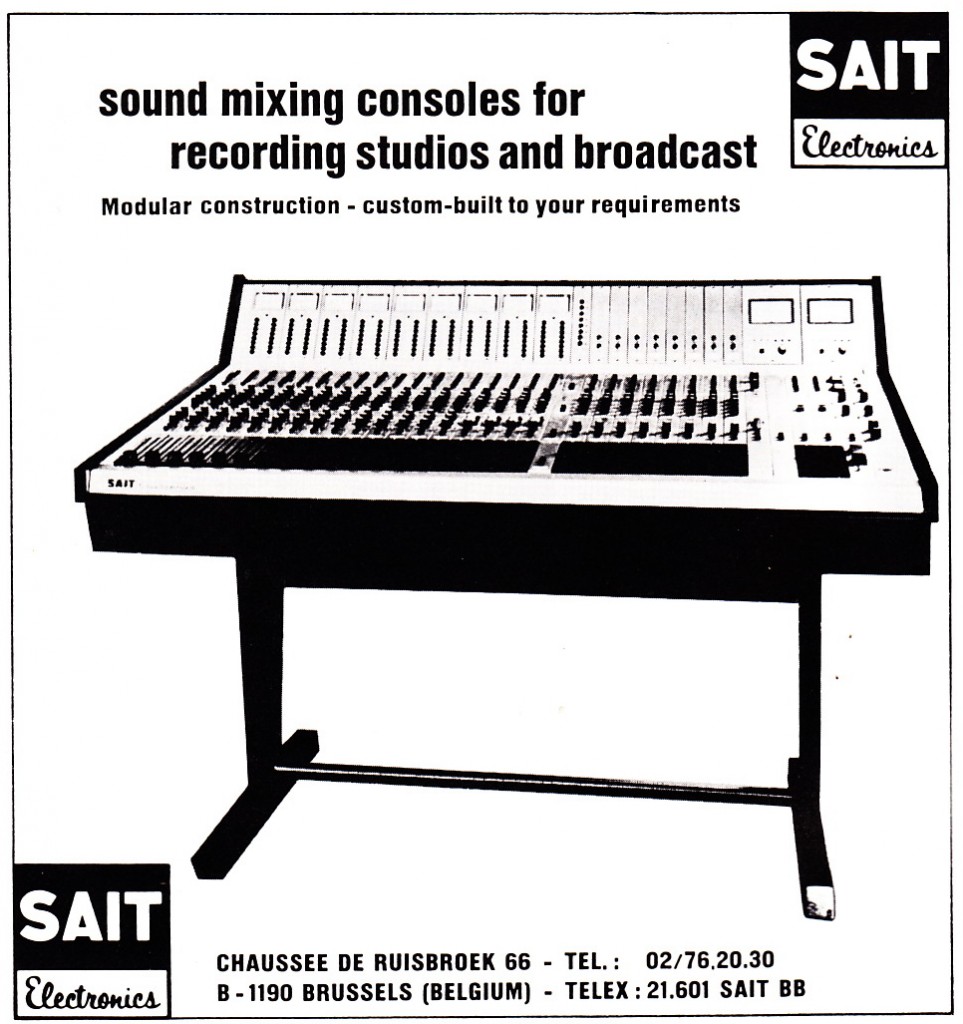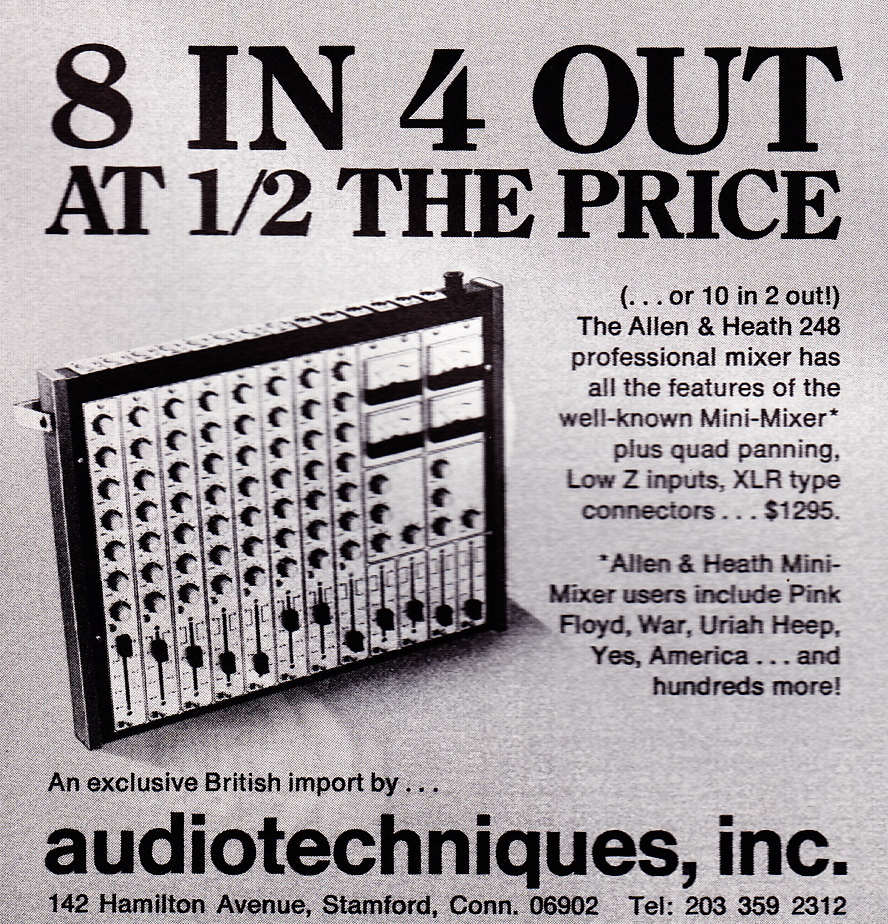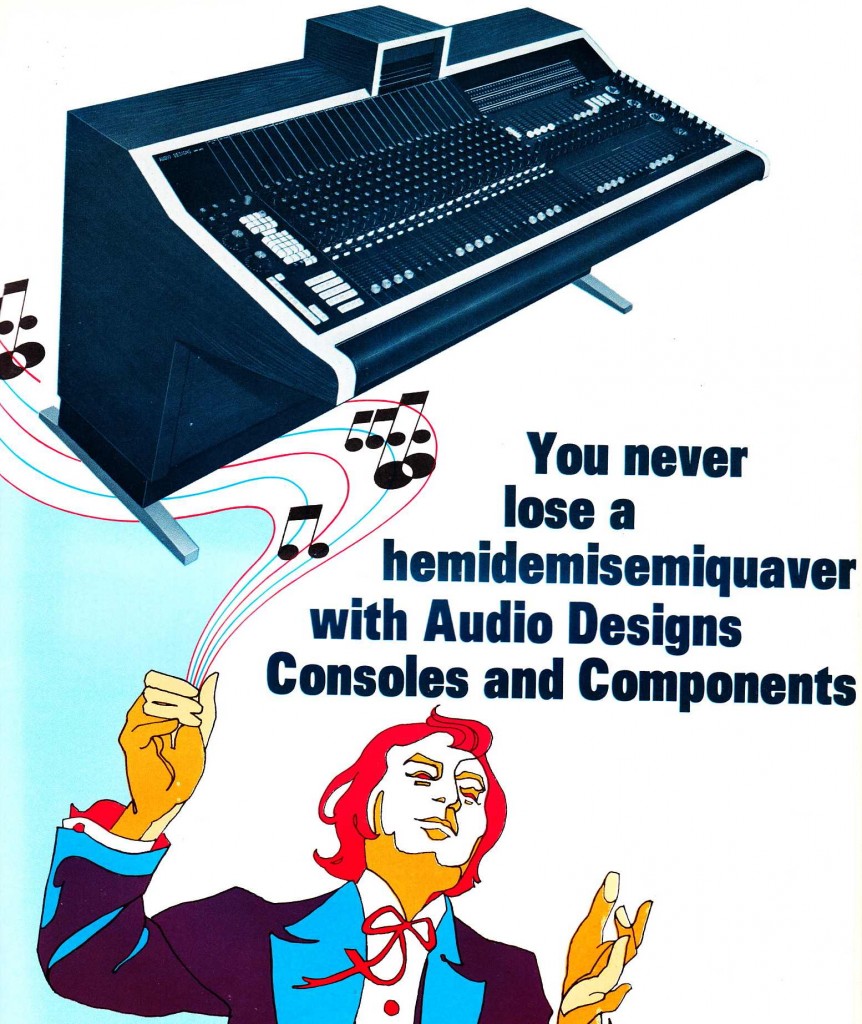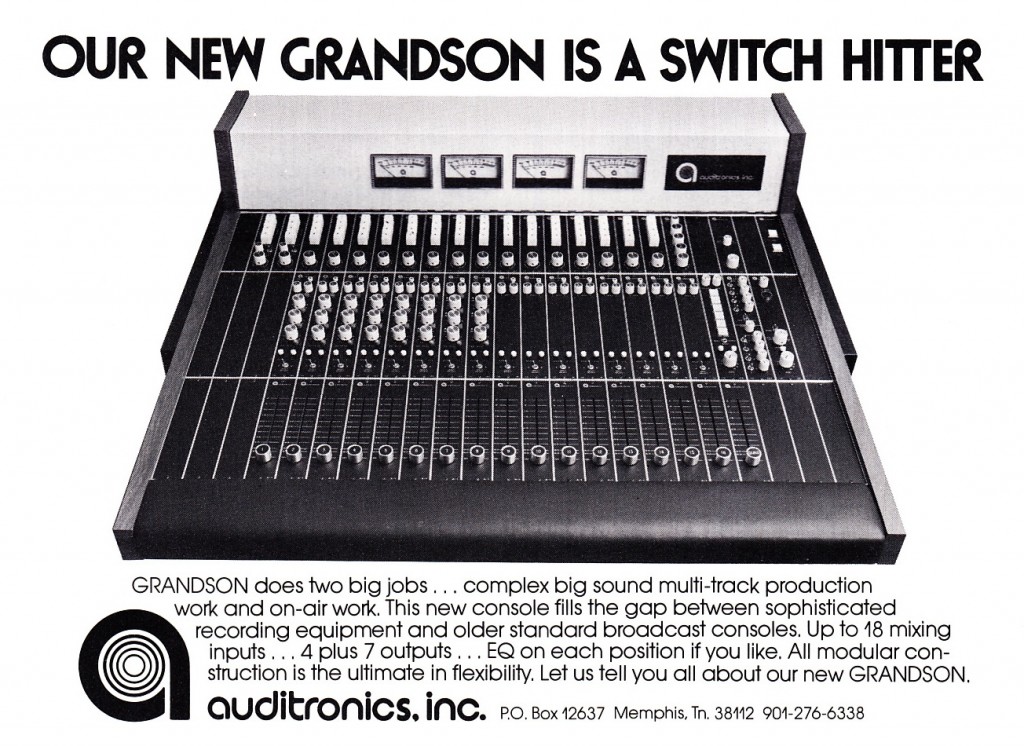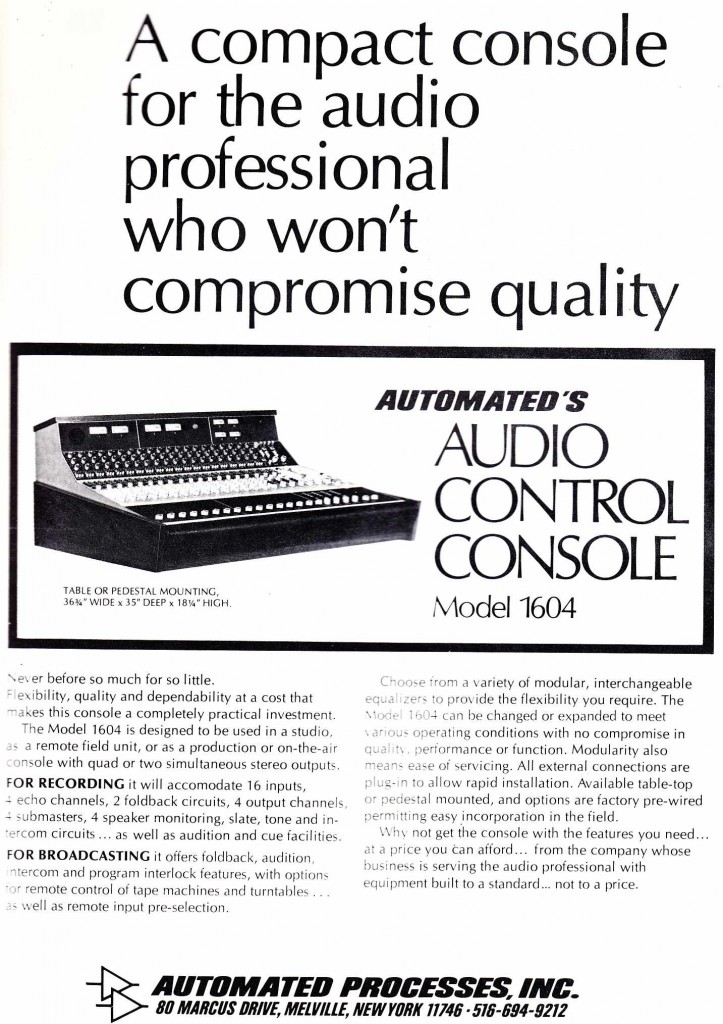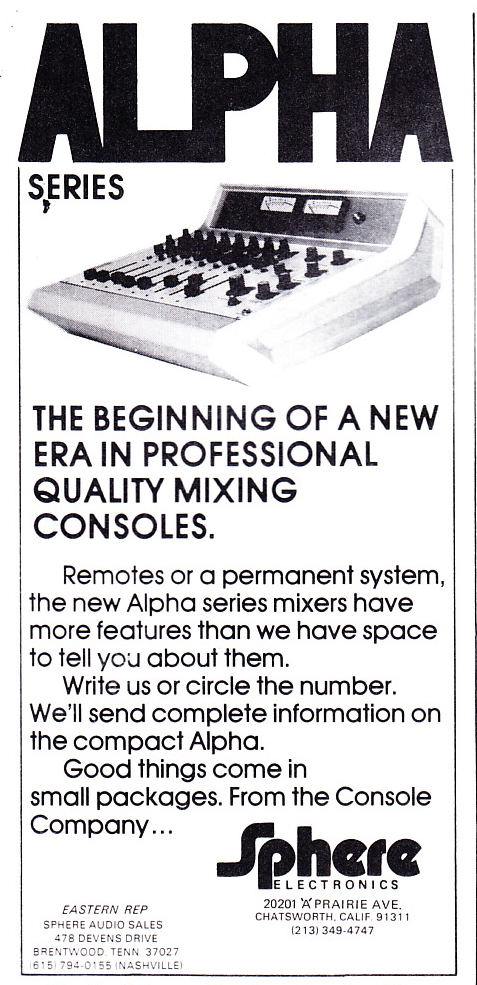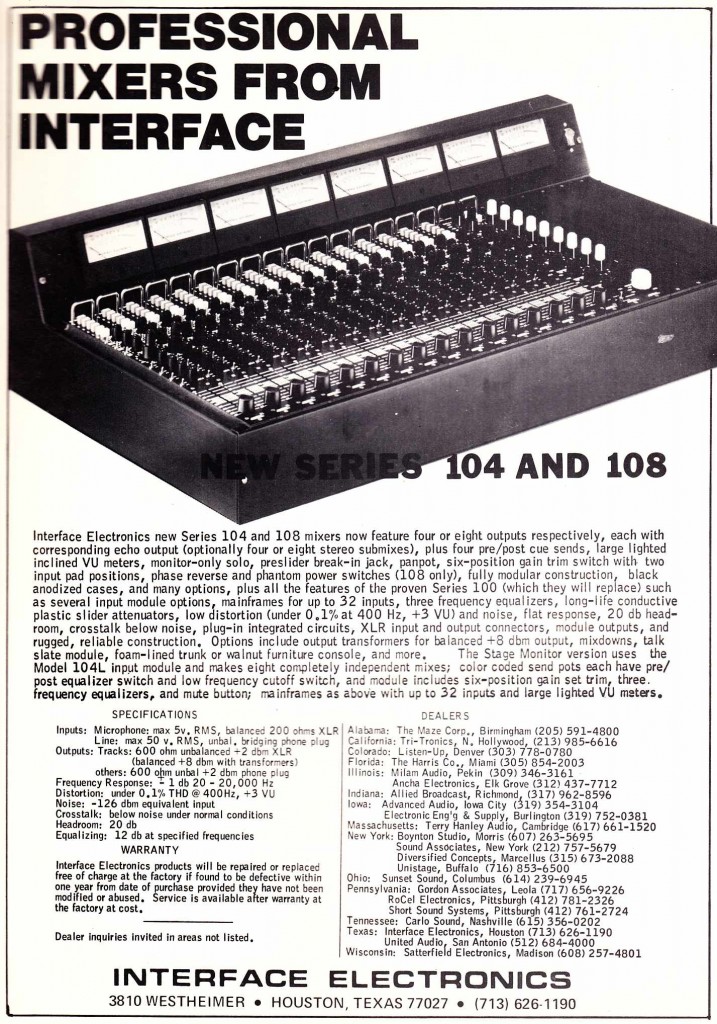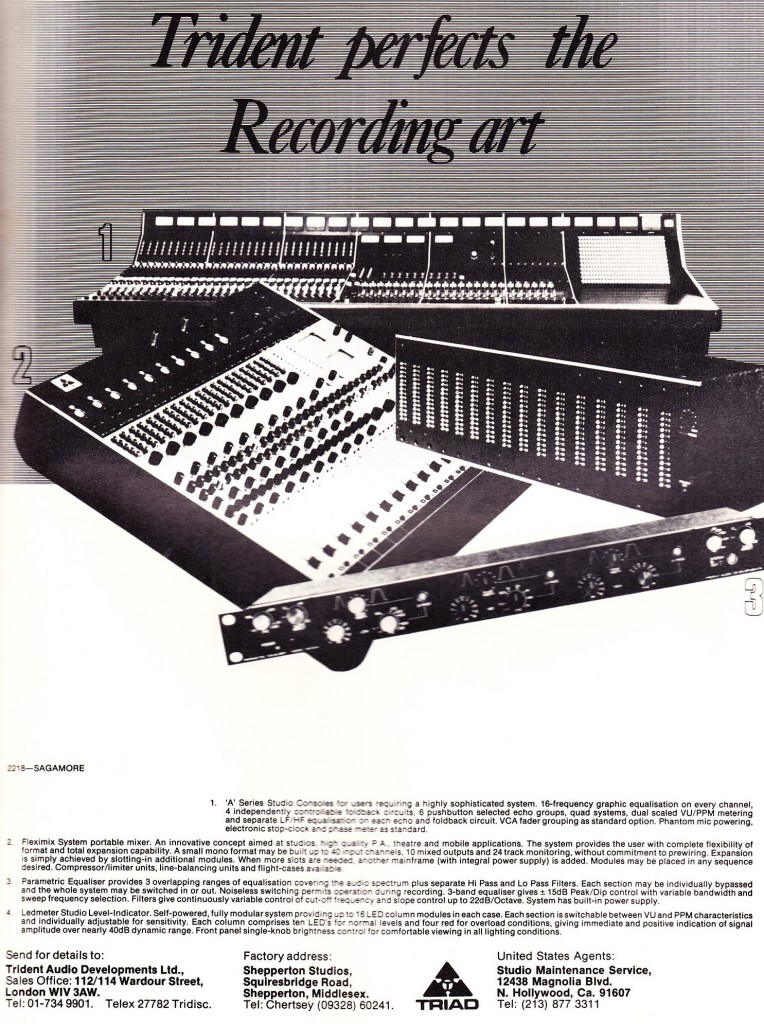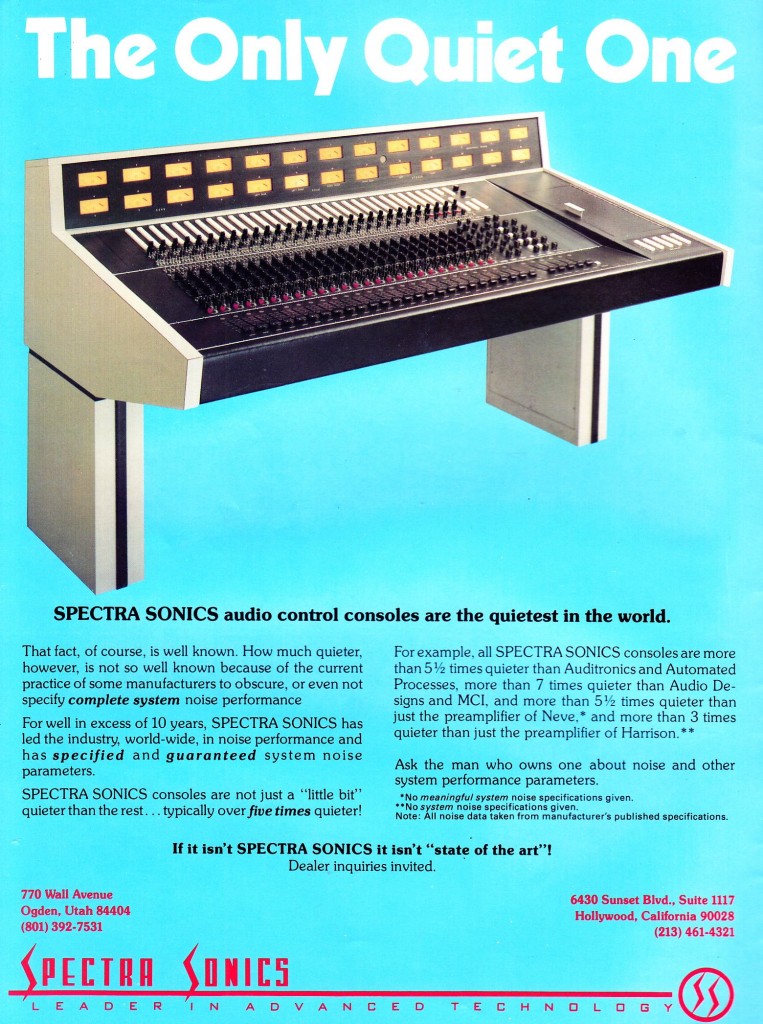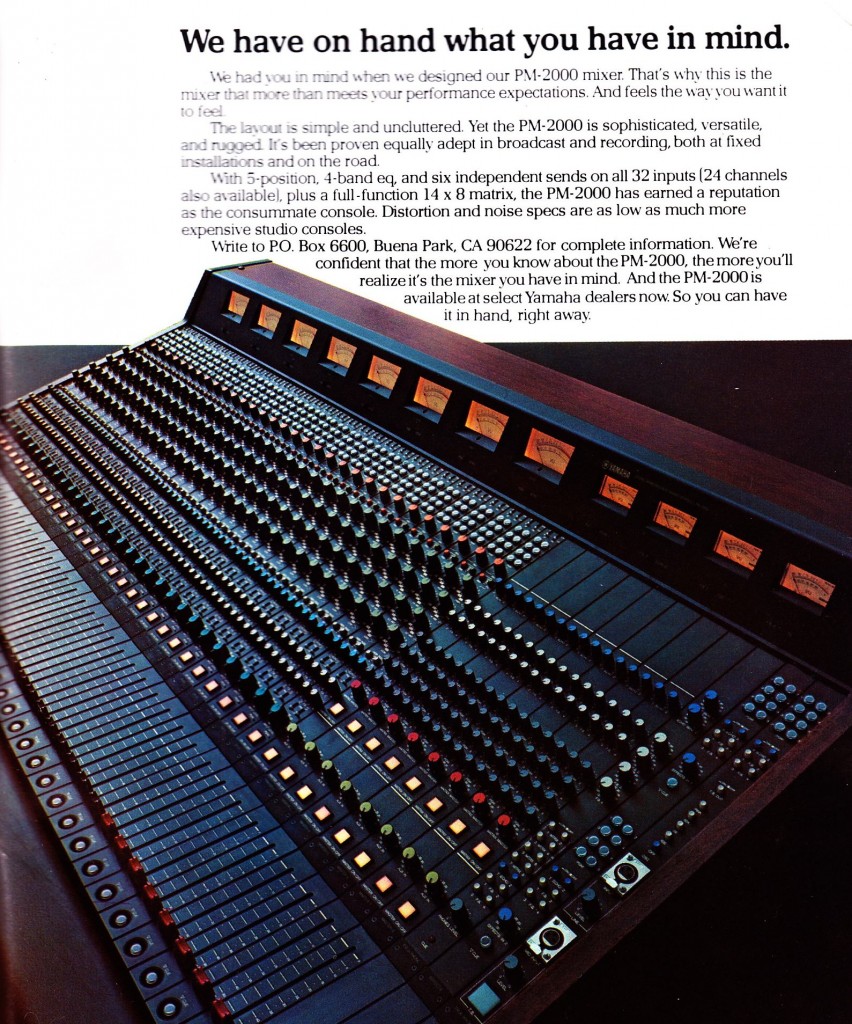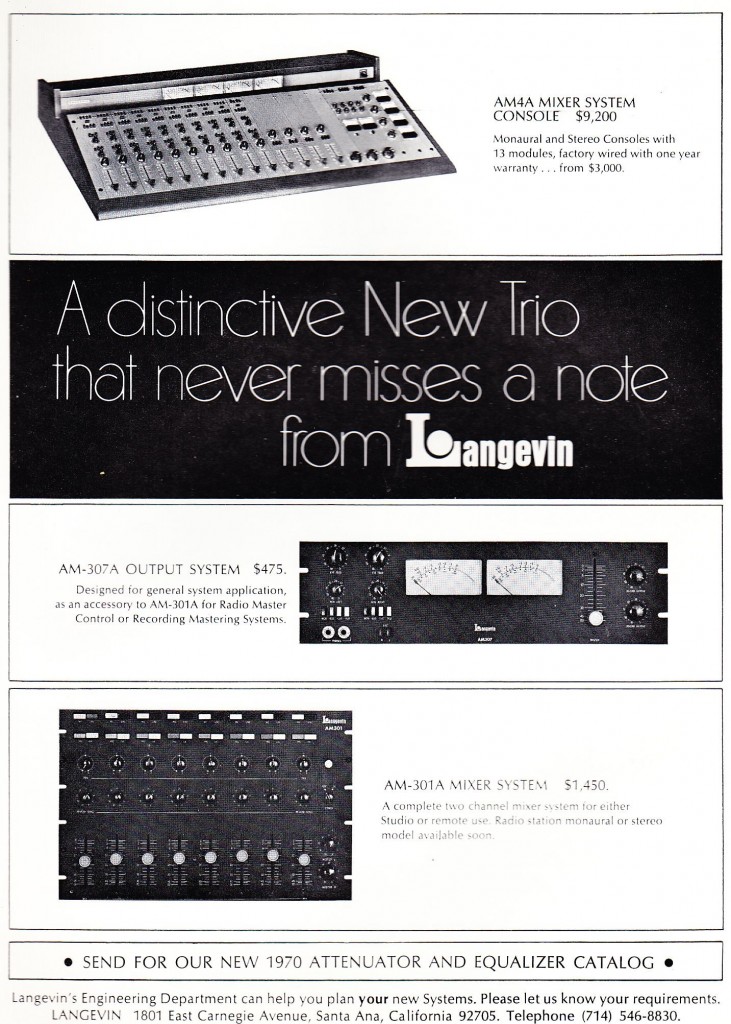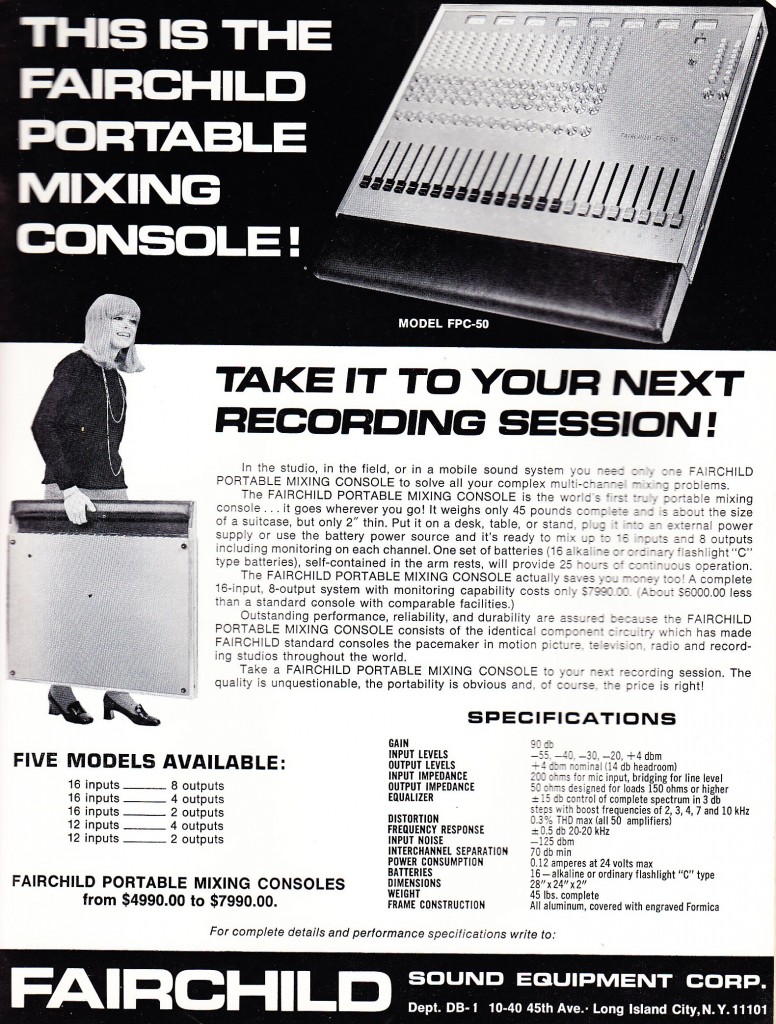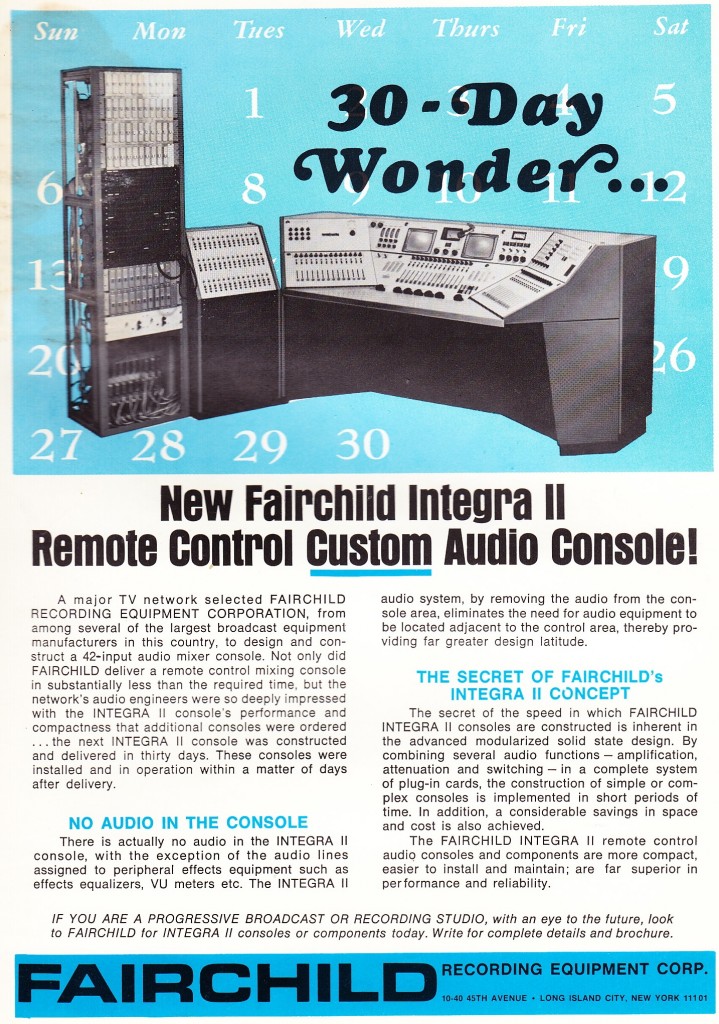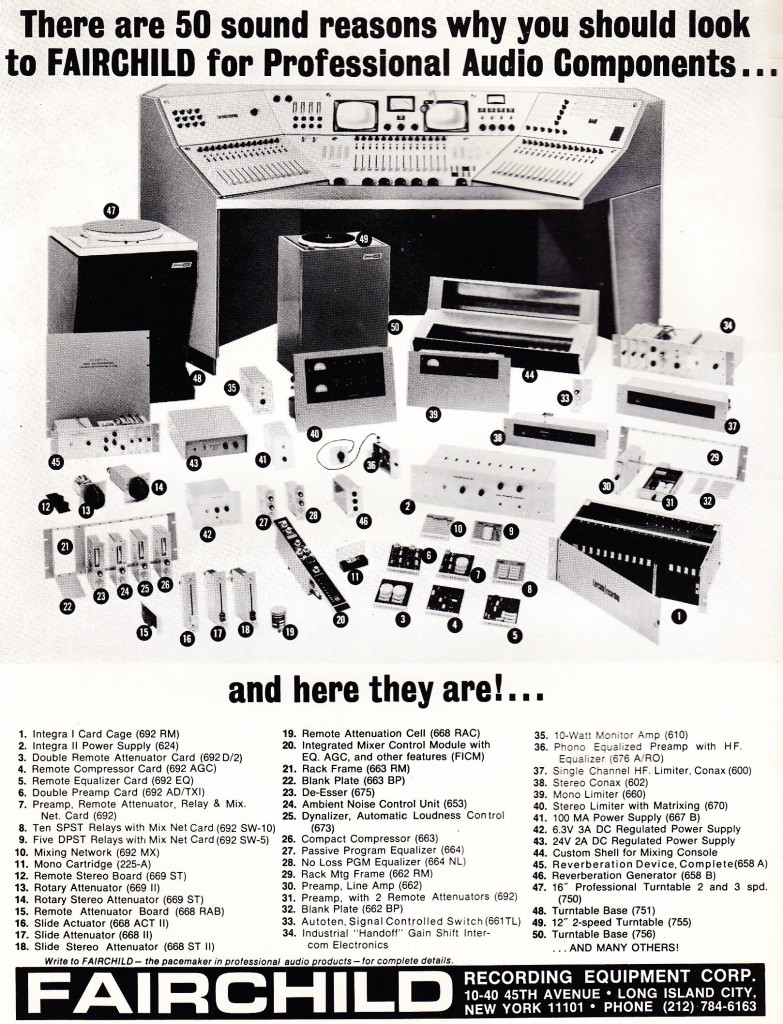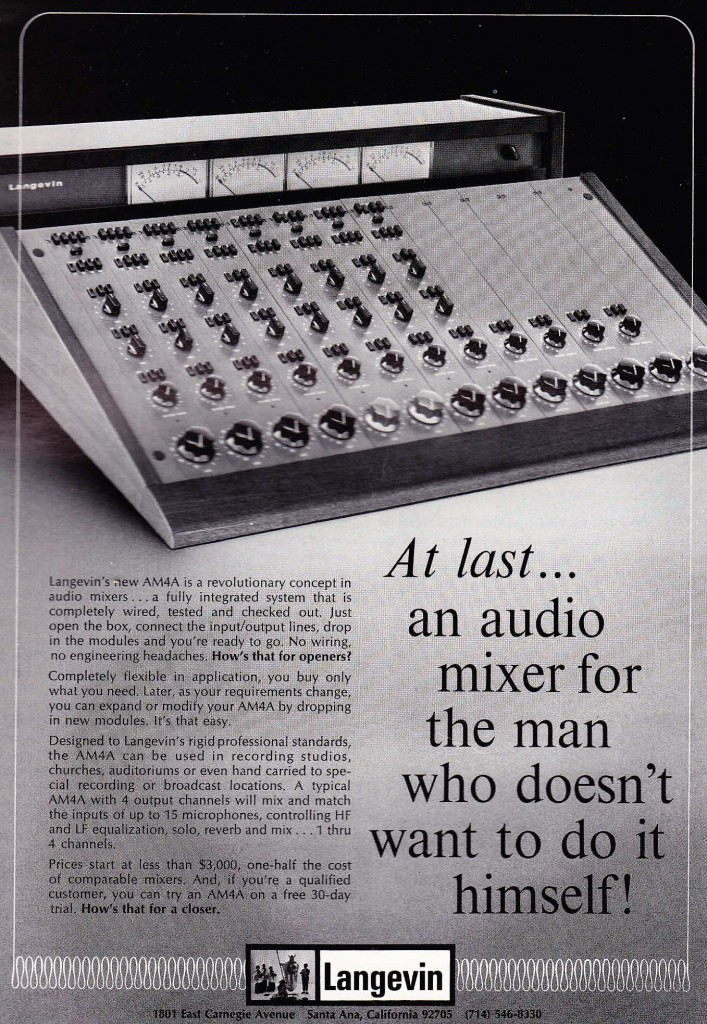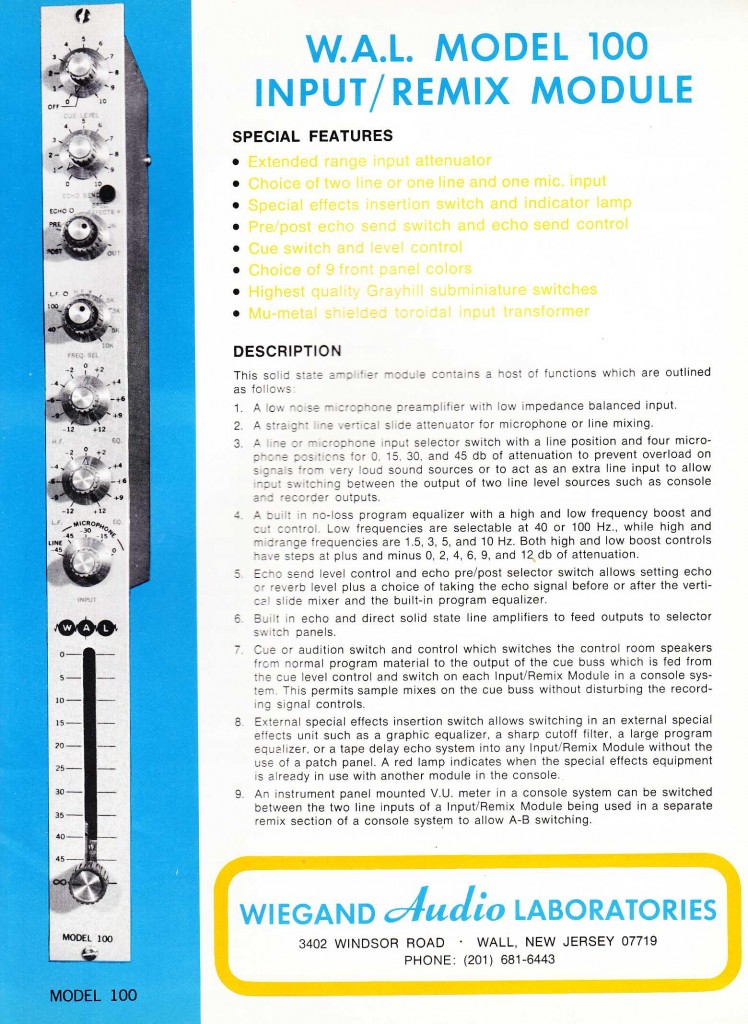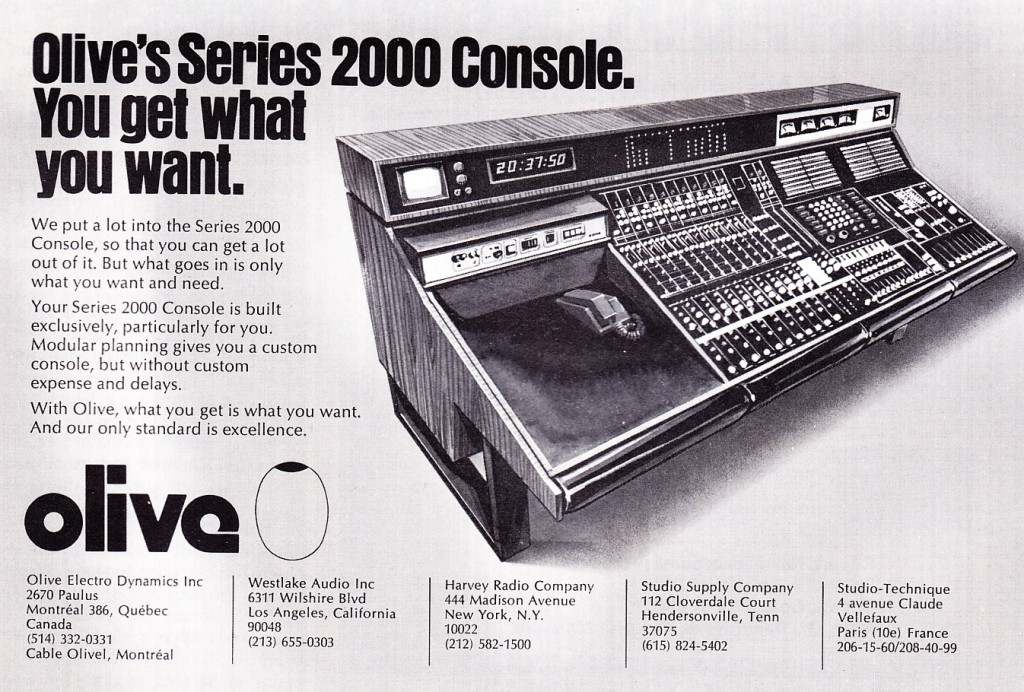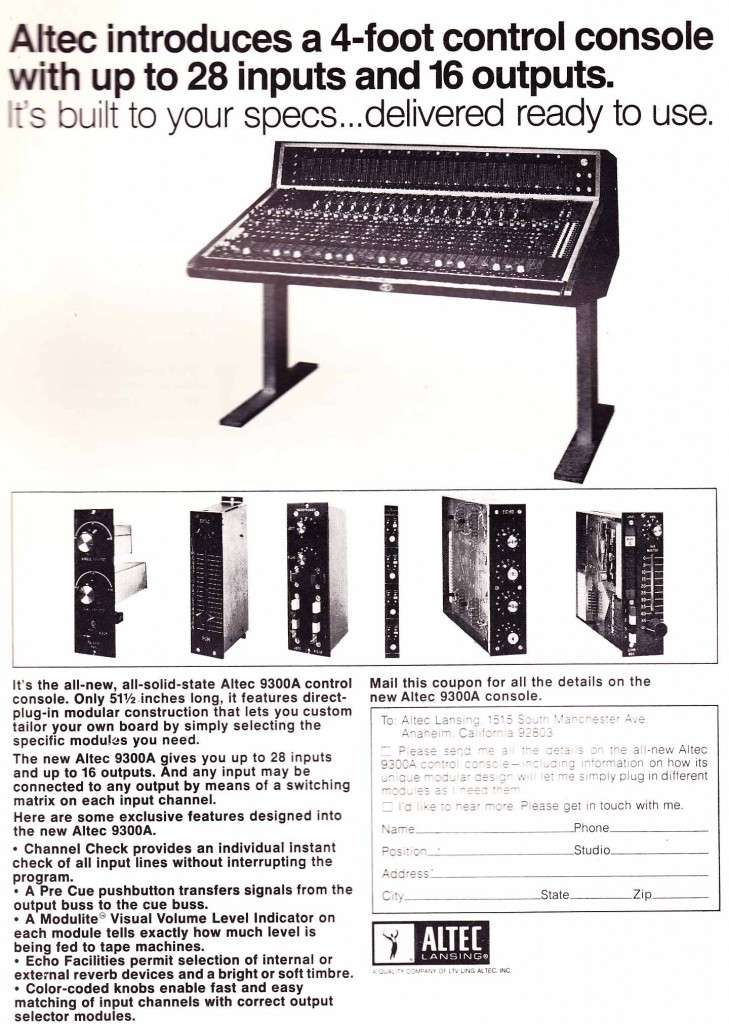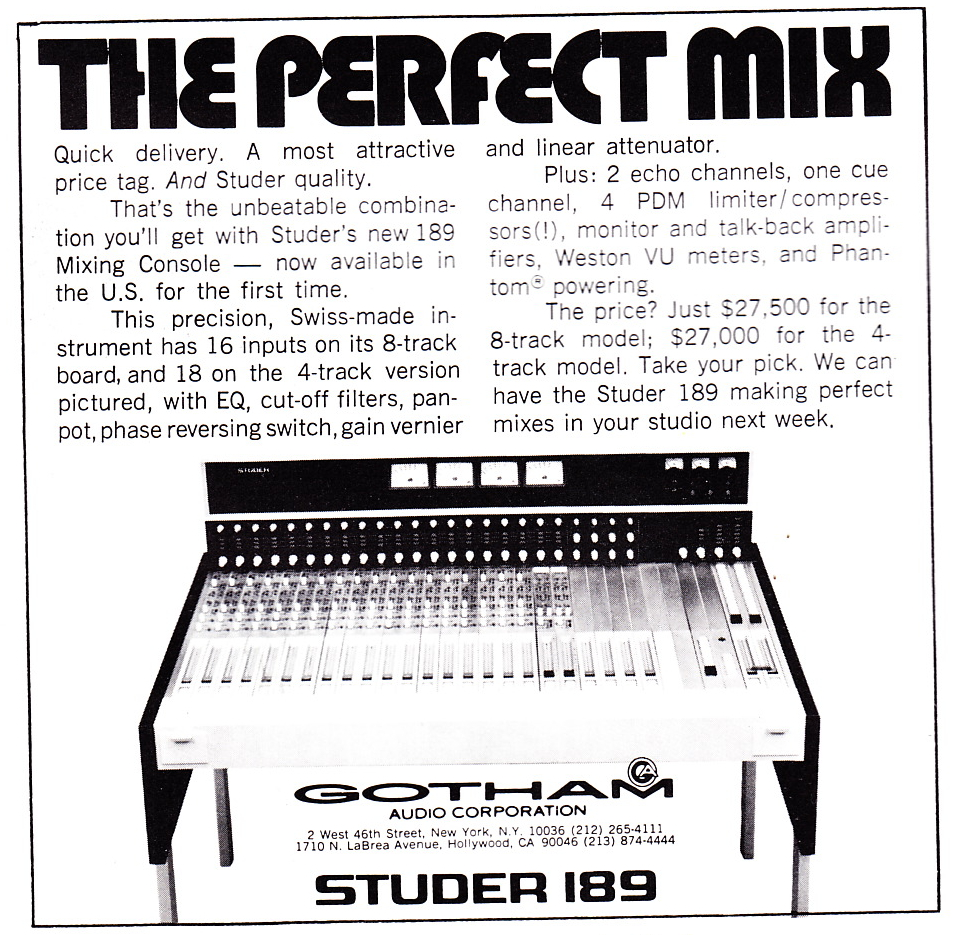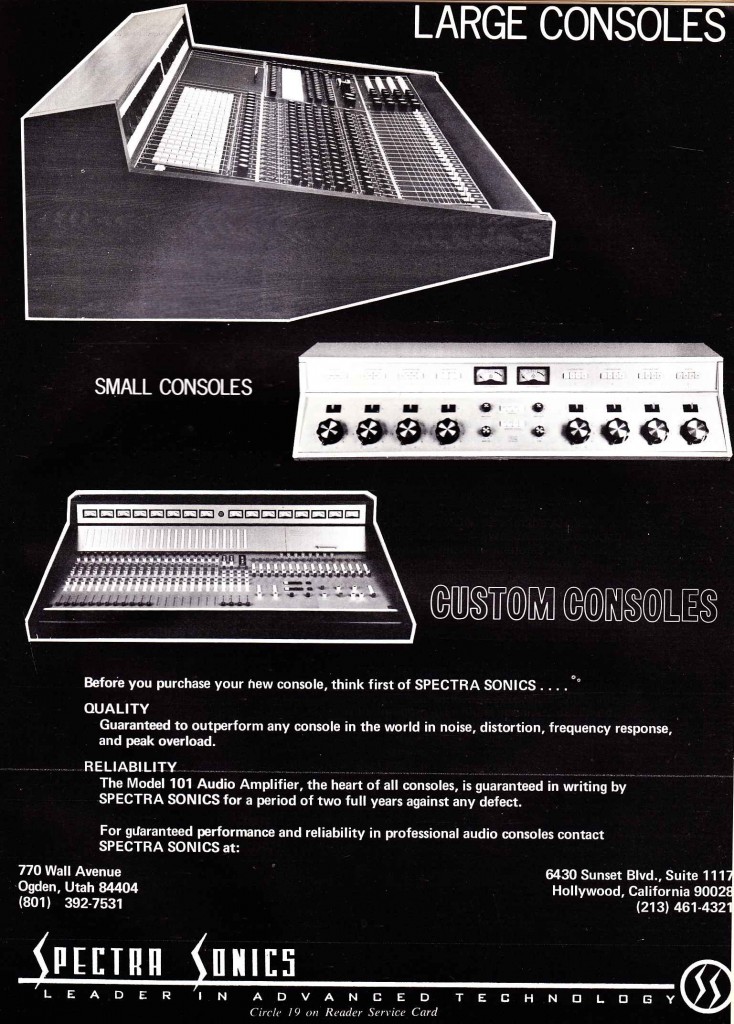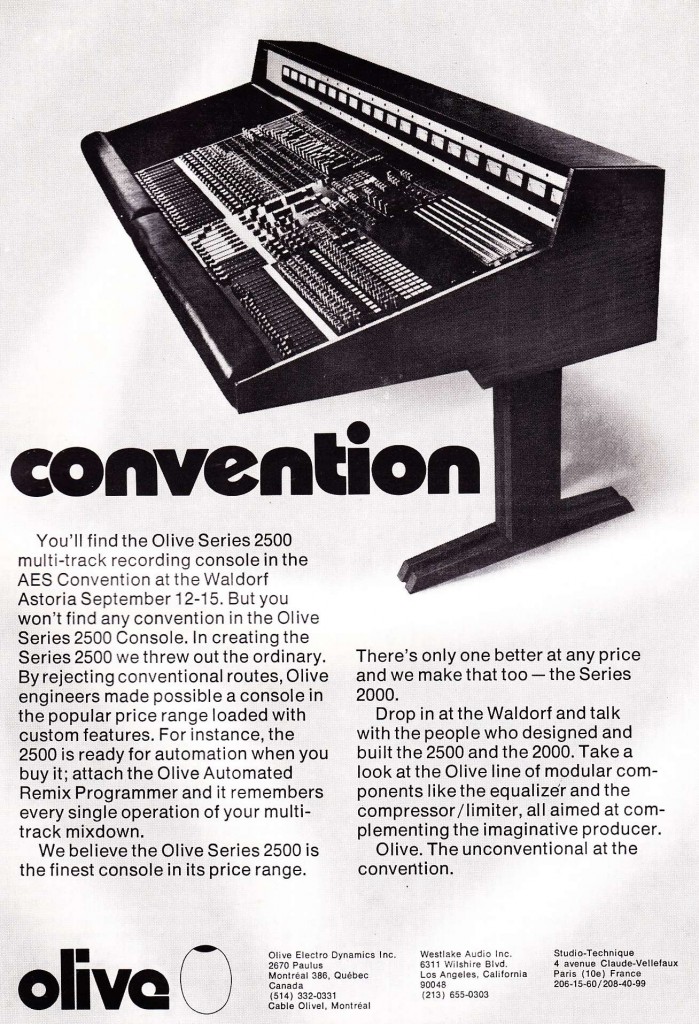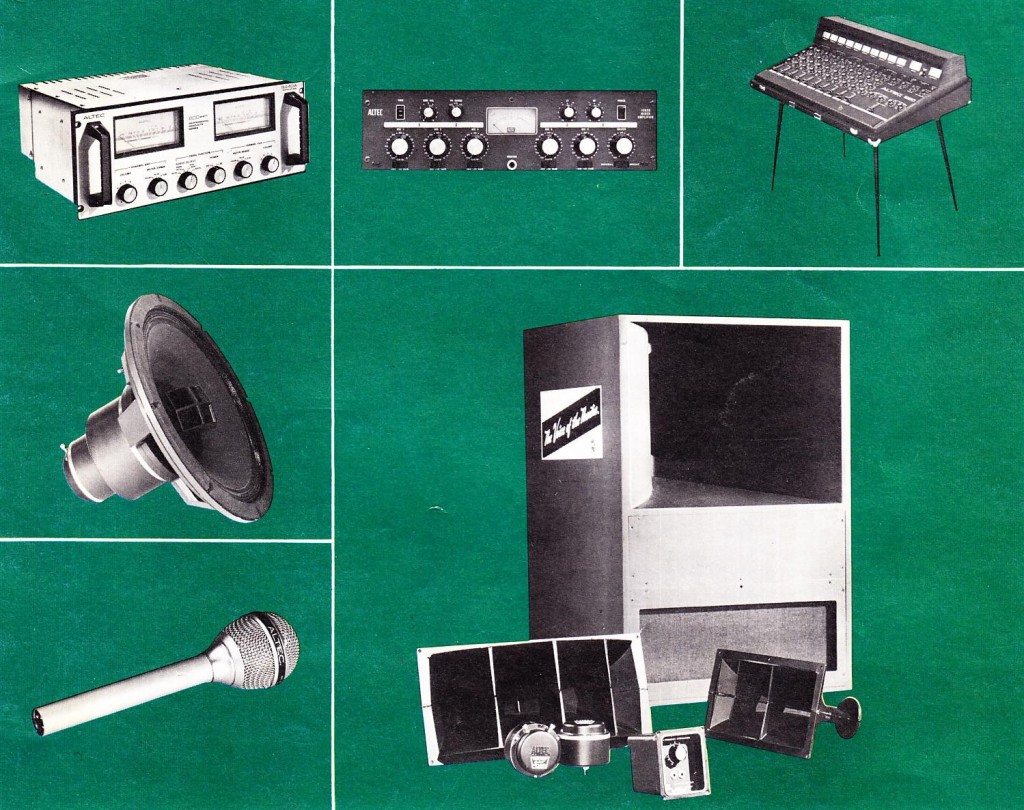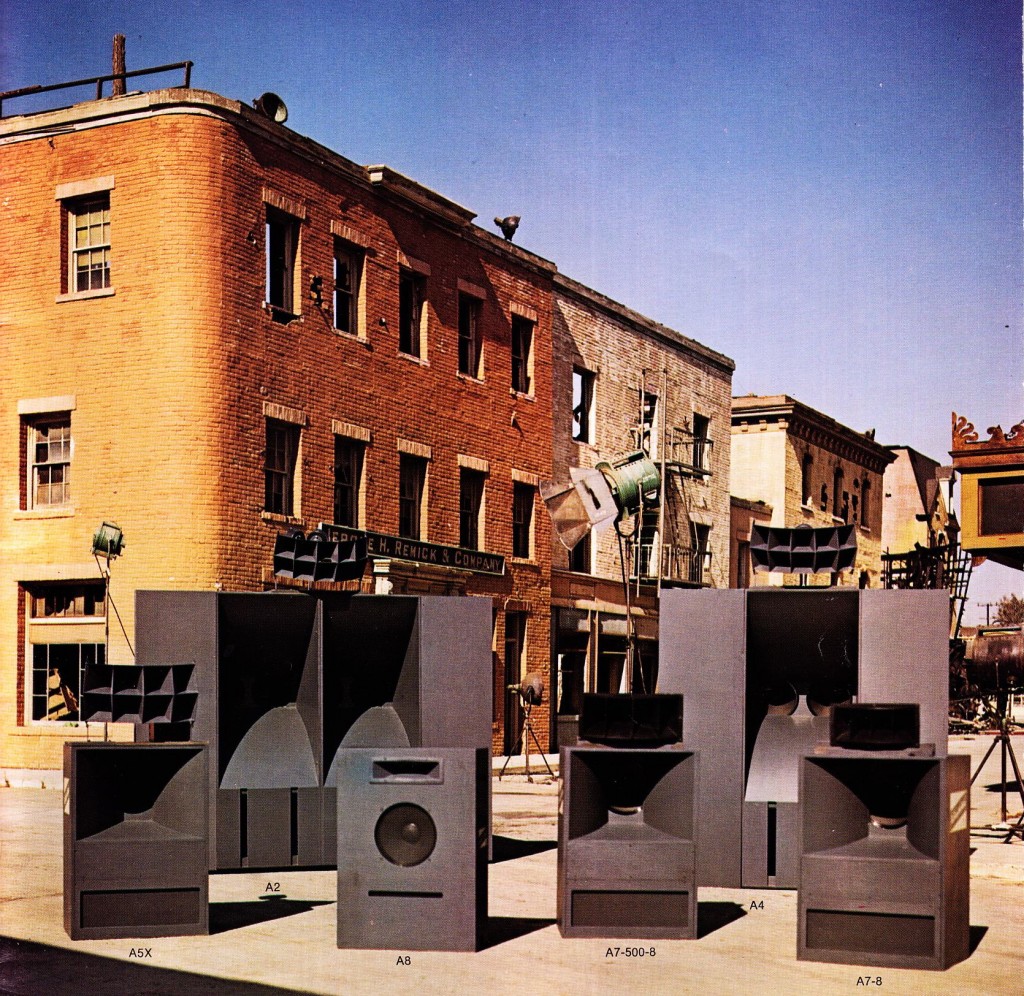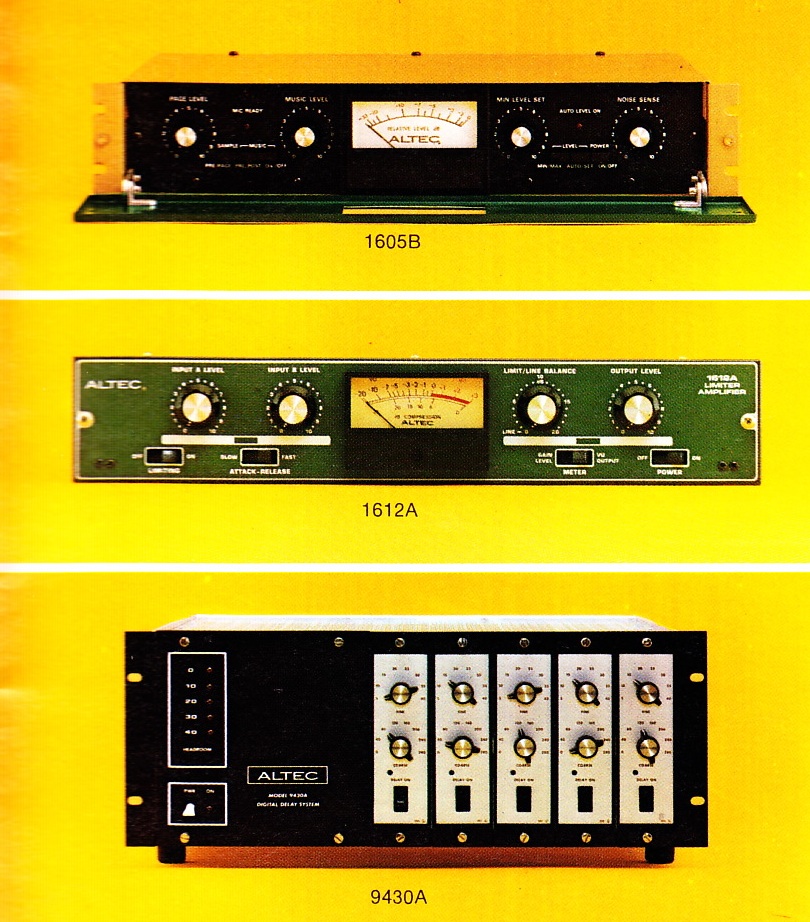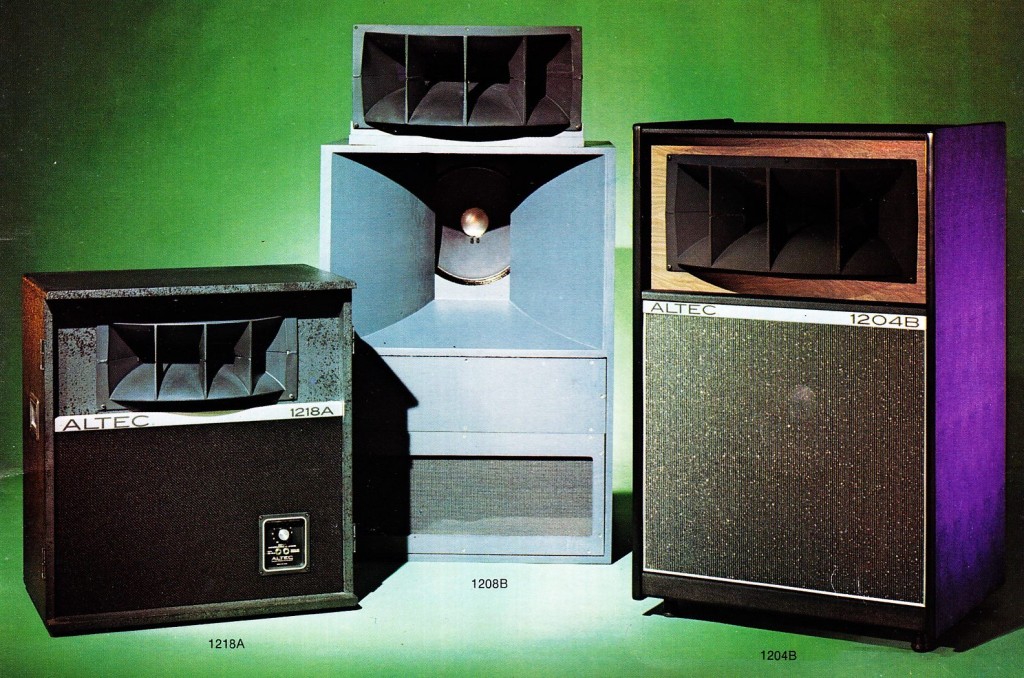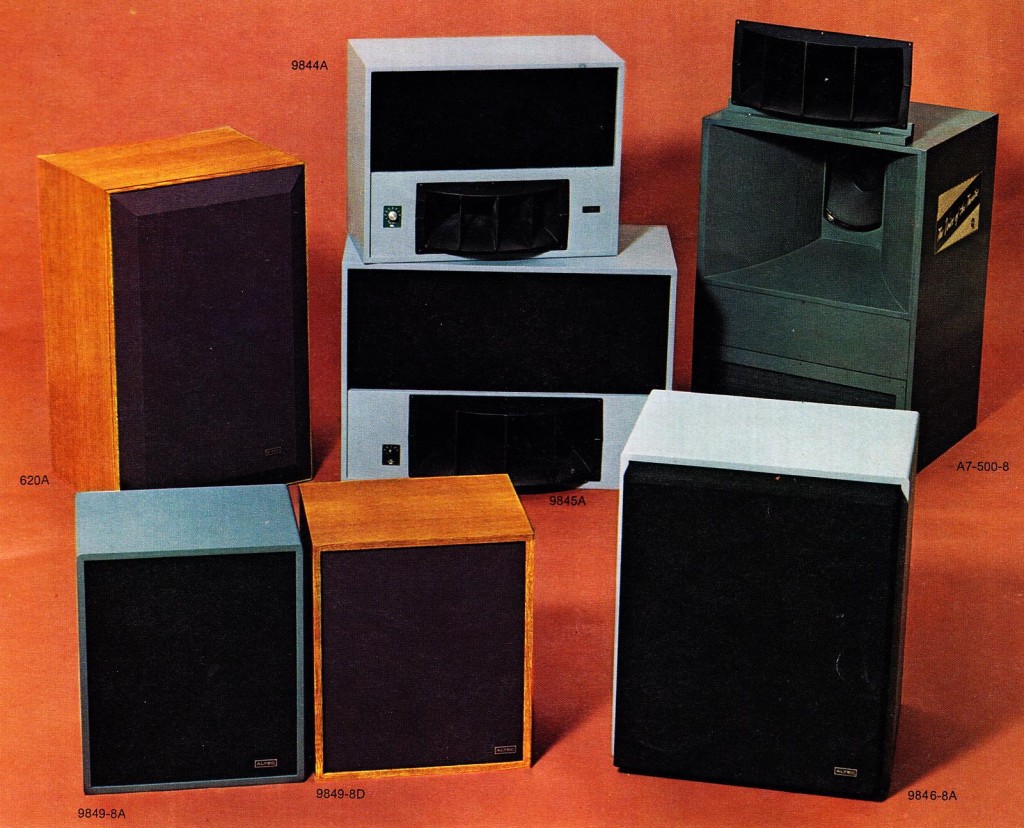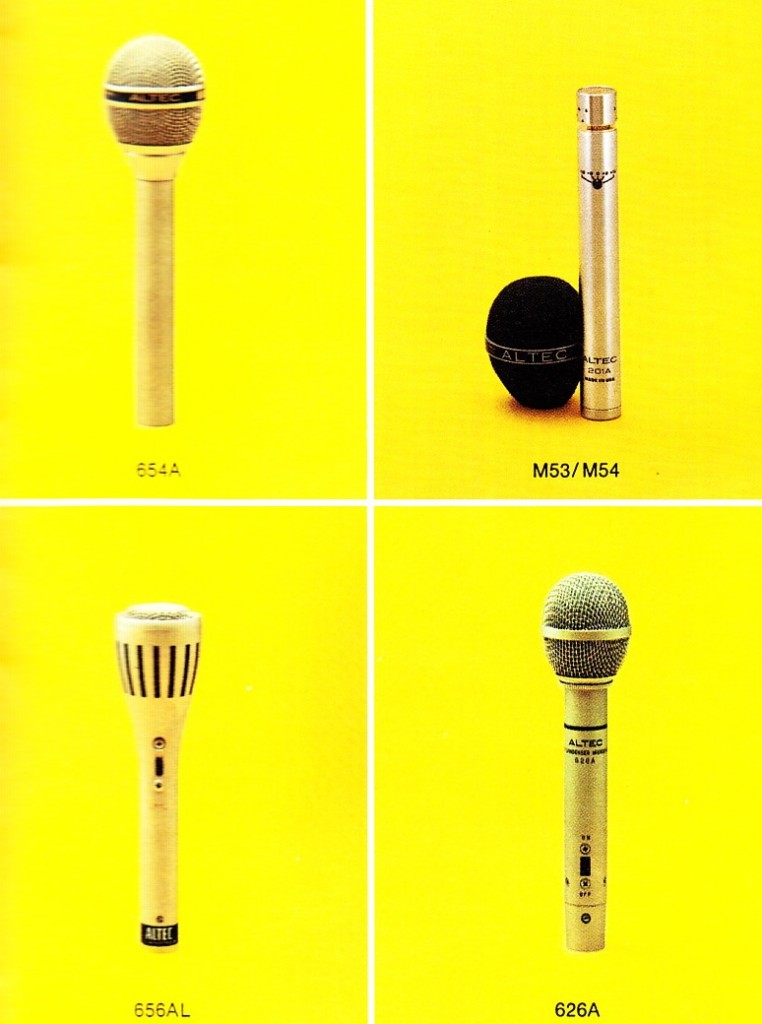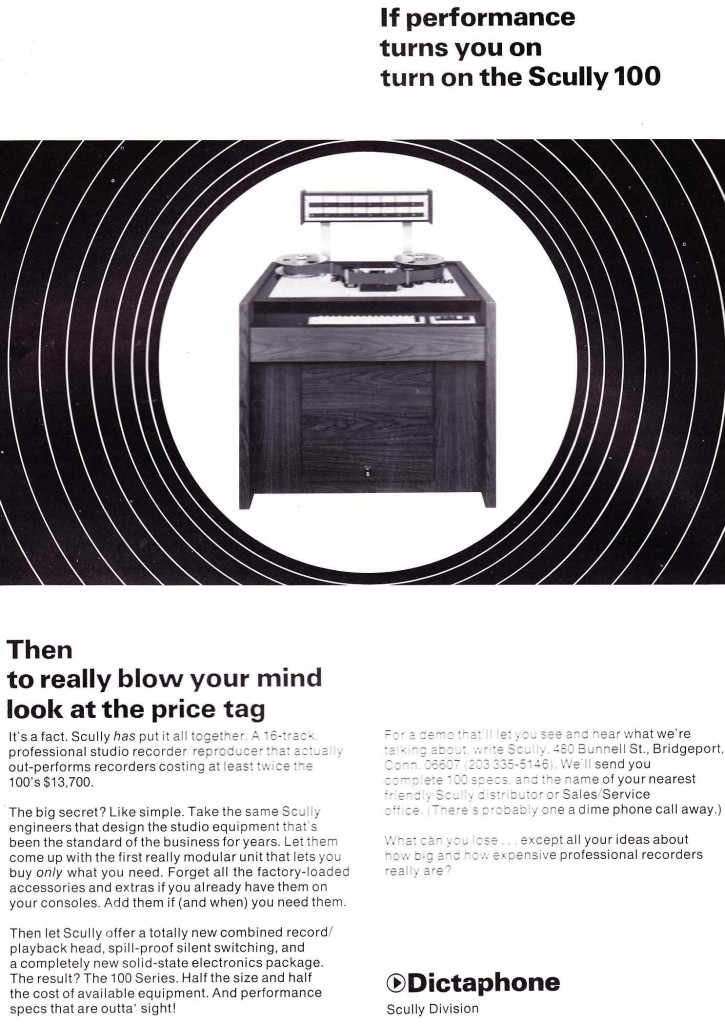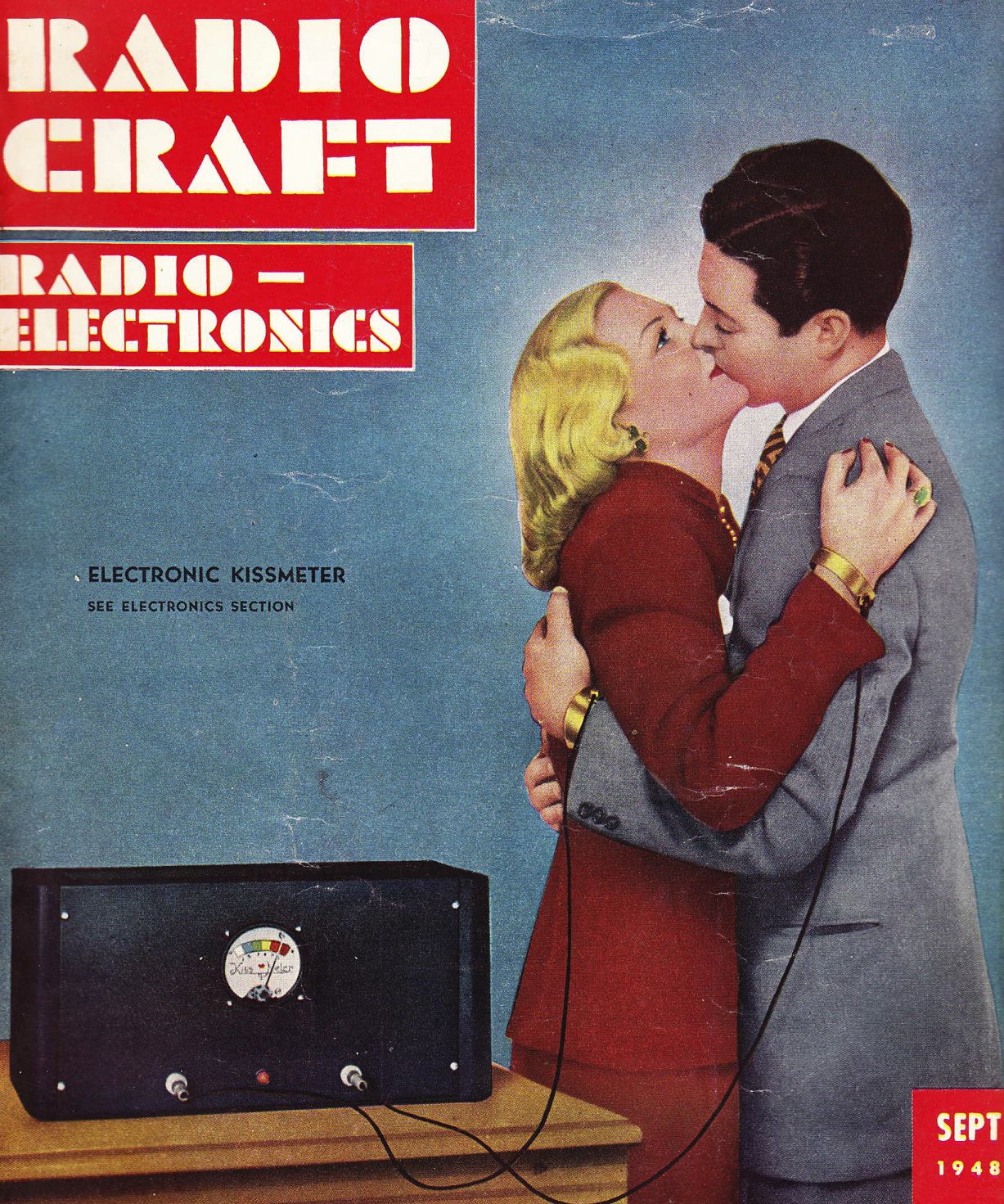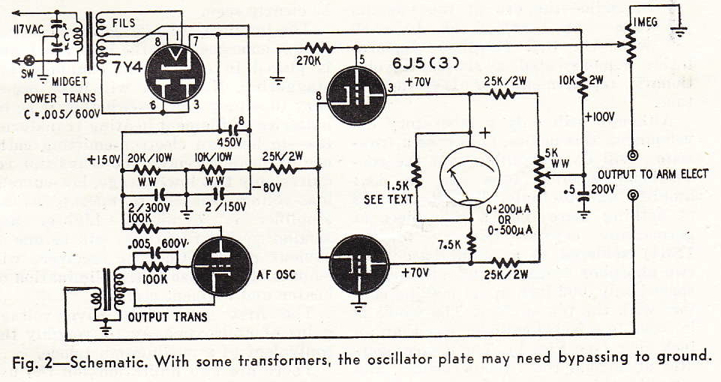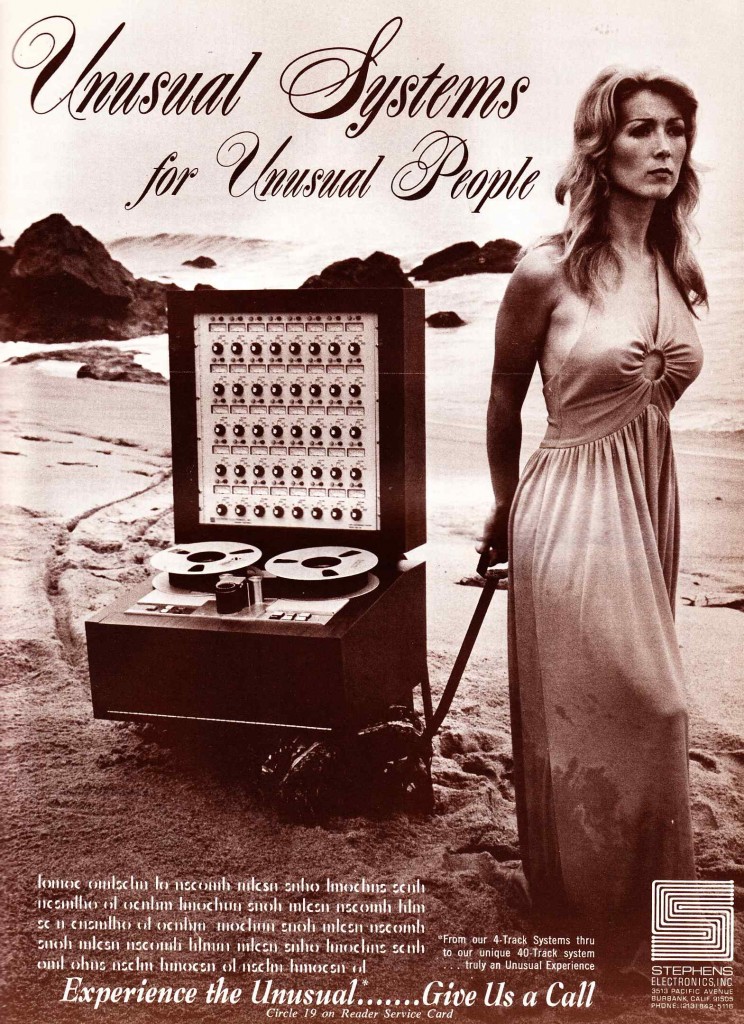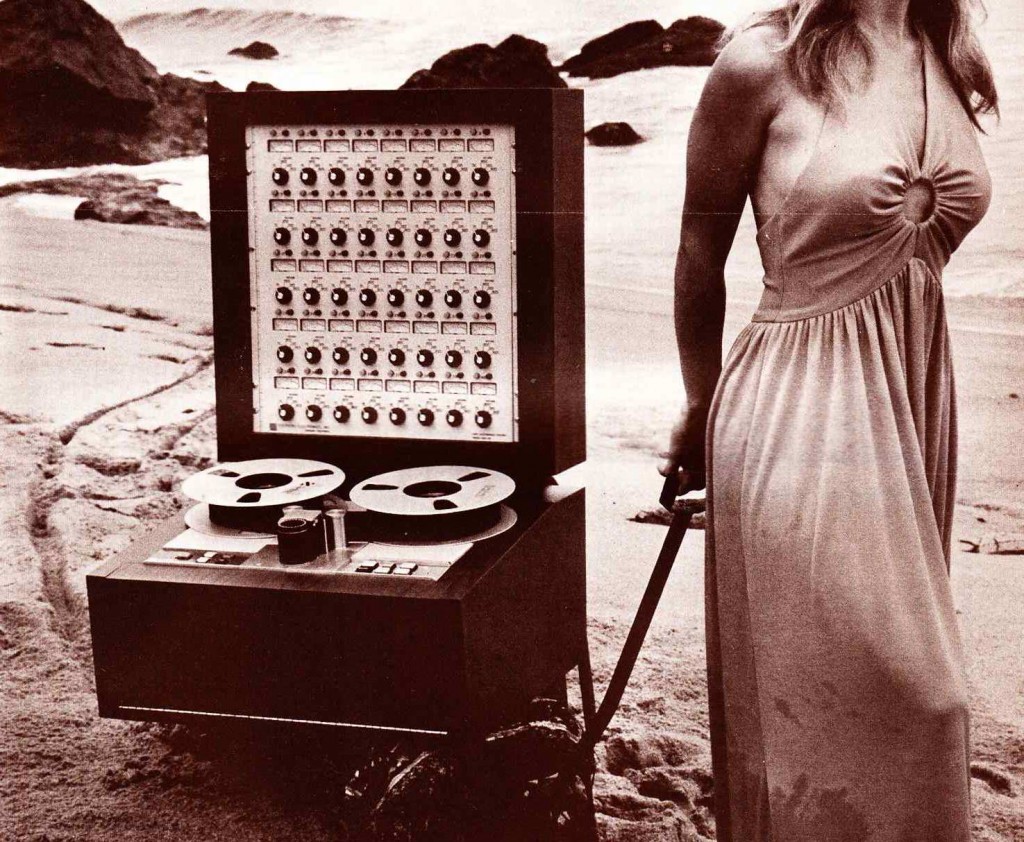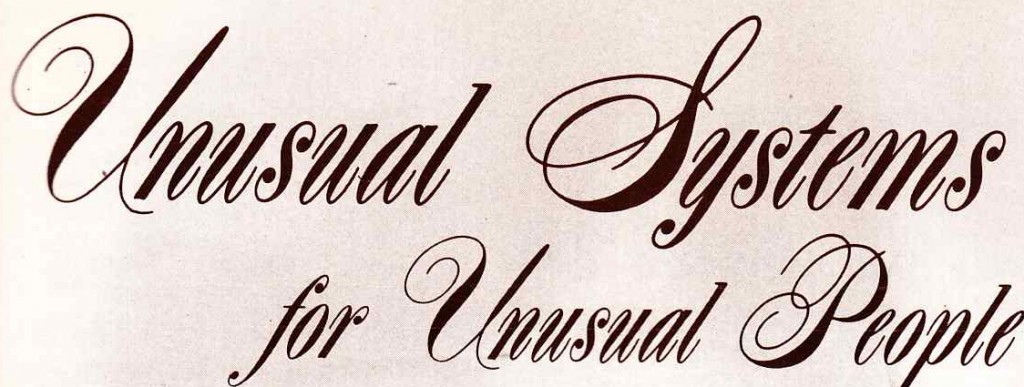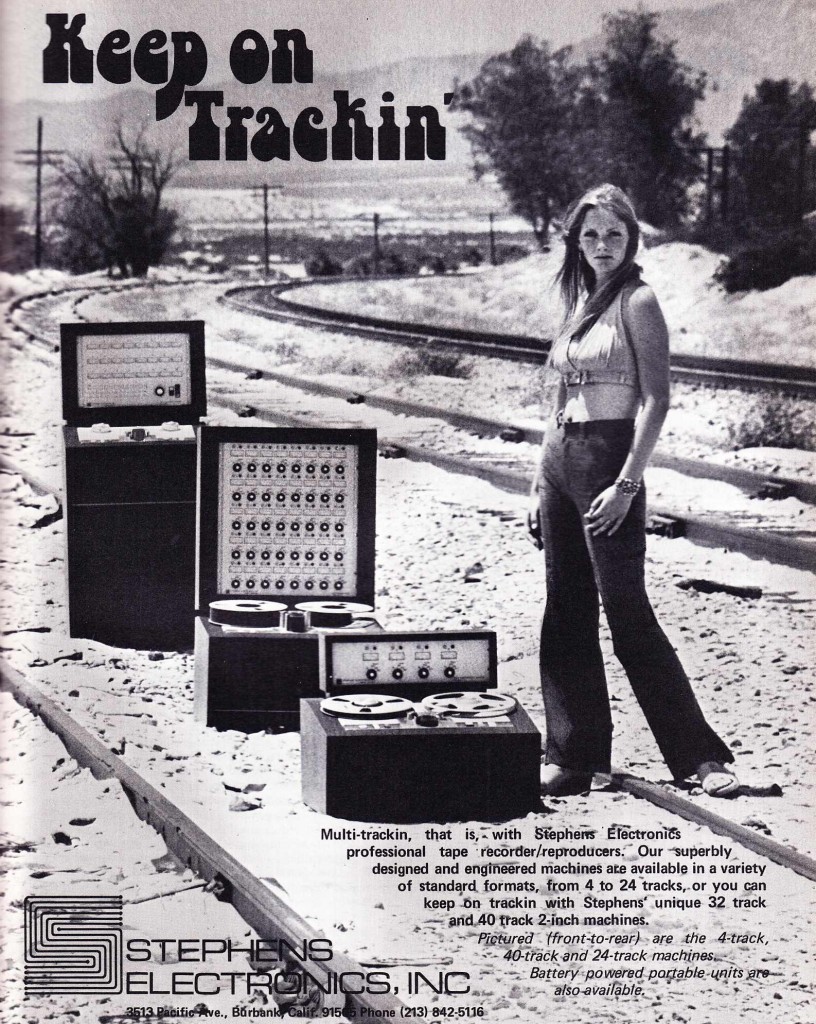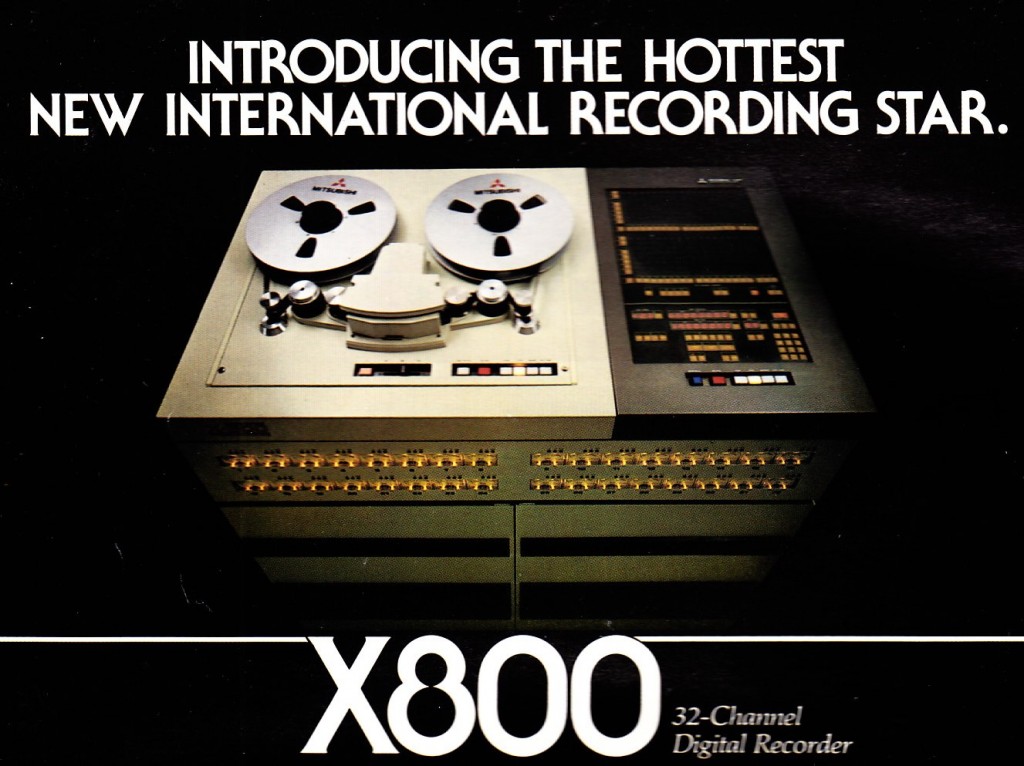 Above: The Mitsubishi X800, an early digital multitrack audio recorder (1980).
Above: The Mitsubishi X800, an early digital multitrack audio recorder (1980).
What better way to end 70’s month at PS dot com than a to take a quick look forward, from the vantage point of 1982, at the new era of digital audio. Below: the very-smart John Woram offers an editorial in DB magazine, 1982, on the new age to come. Although digital multitracking was already widely-used in high-end music production by 1982, that year saw the introduction of the first consumer digital audio playback devices, the CD player. For the first time, the cycle could be complete: you, as the consumer, could hear exactly (well, speakers and room acoustics notwithstanding) what the producer heard in the mastering suite. Audio, which had been a chimerical, elusive magnetic or physical/mechanical fluctuation for over 100 years had been successfully reduced to an (at least acceptable) data stream. Let’s see what Woram had to say…
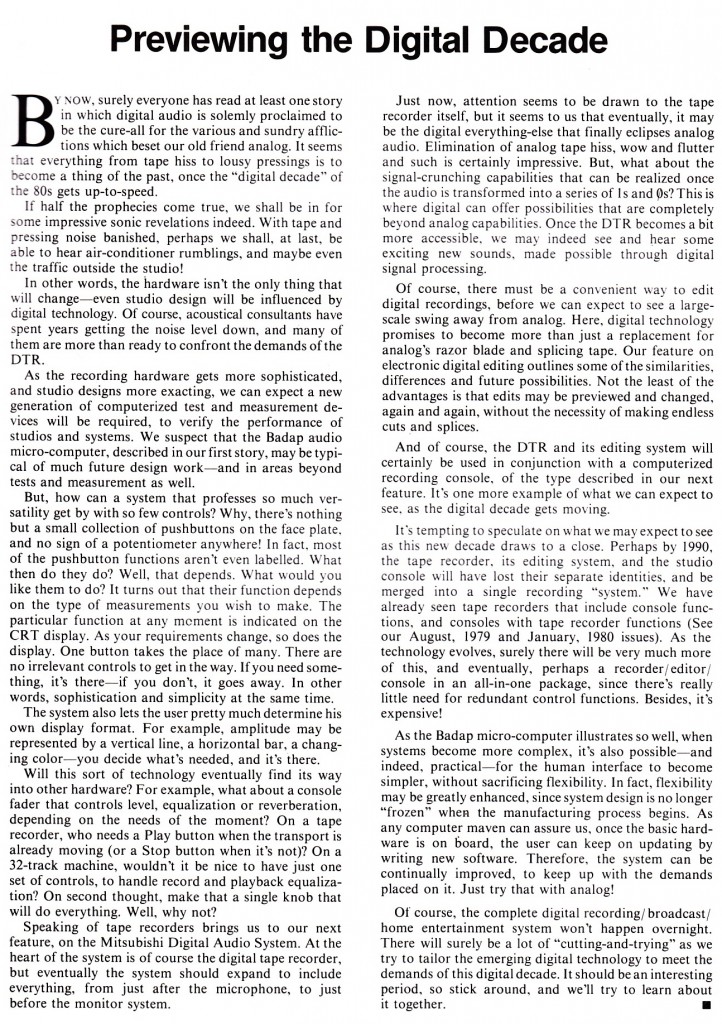 It’s not an easy thing to imagine the future. I see this in practice every year with my Visual Semiotics students when I issue an assignment that requires them to re-create a current print advert as it might appear 50 years from now. The students who manage to do it successfully are able to grasp that both the technology and the aesthetics of the culture will shift, and that these shifts need to be related in some fundamental way. Of course, they could still end up being very wrong about the particular outcome; only time will tell. But a relationship between tools, technique, and form is fundamental to human endeavor. Woram seems to have very accurately predicted the state of professional audio circa 1995 or so. It’s now 2013. Where will be be in twenty years?
It’s not an easy thing to imagine the future. I see this in practice every year with my Visual Semiotics students when I issue an assignment that requires them to re-create a current print advert as it might appear 50 years from now. The students who manage to do it successfully are able to grasp that both the technology and the aesthetics of the culture will shift, and that these shifts need to be related in some fundamental way. Of course, they could still end up being very wrong about the particular outcome; only time will tell. But a relationship between tools, technique, and form is fundamental to human endeavor. Woram seems to have very accurately predicted the state of professional audio circa 1995 or so. It’s now 2013. Where will be be in twenty years?
Back to that Mitsu’ pictured at the head of the article. Anecdotal information that I gleaned from engineers I have worked with over the years had somehow created the impression that these machines marked the introduction of widespread digital multitracking, and my admittedly cursory research seemed to confirm that. T. Fine wrote in to offer a more detailed account based on his ARSC article published in 2008. Click here to read the complete article entitled THE DAWN OF COMMERCIAL DIGITAL RECORDING. Fine:
“The first widely-used digital multitrack system was 3M’s, at first by Warner Brothers’ studios out in California. Ry Cooder’s “Bop Til You Drop” was the first all-digital rock album, recorded on the 3M system. Many followed including Ricky Lee Jones’ “Pirates” and others. Fleetwood Mac did “Tusk” on the 3M recorder, too. The 3M system was also used by Columbia for classical recordings and by Deutsche Gramophone. Soundstream was the first AMERICAN digital audio recorder, but not the first. Denon had them beat by more than 5 years. All of the early players — Denon, Soundstream and 3M — faded by the mid-80s. RCA was heavily invested in Soundstream and bought most of the remaining equipment when the company went out of business. I don’t know if 3M made 100 total digital recorders. The things cost a fortune.”
